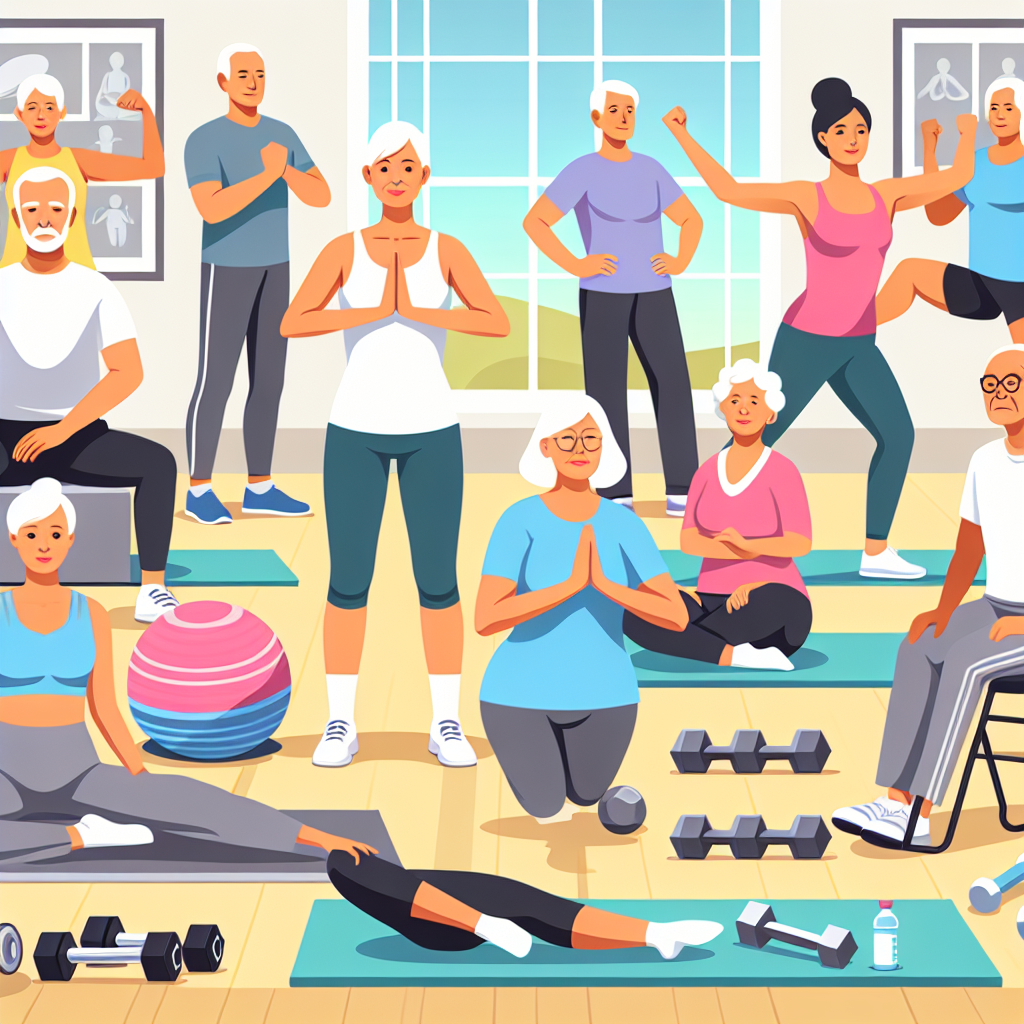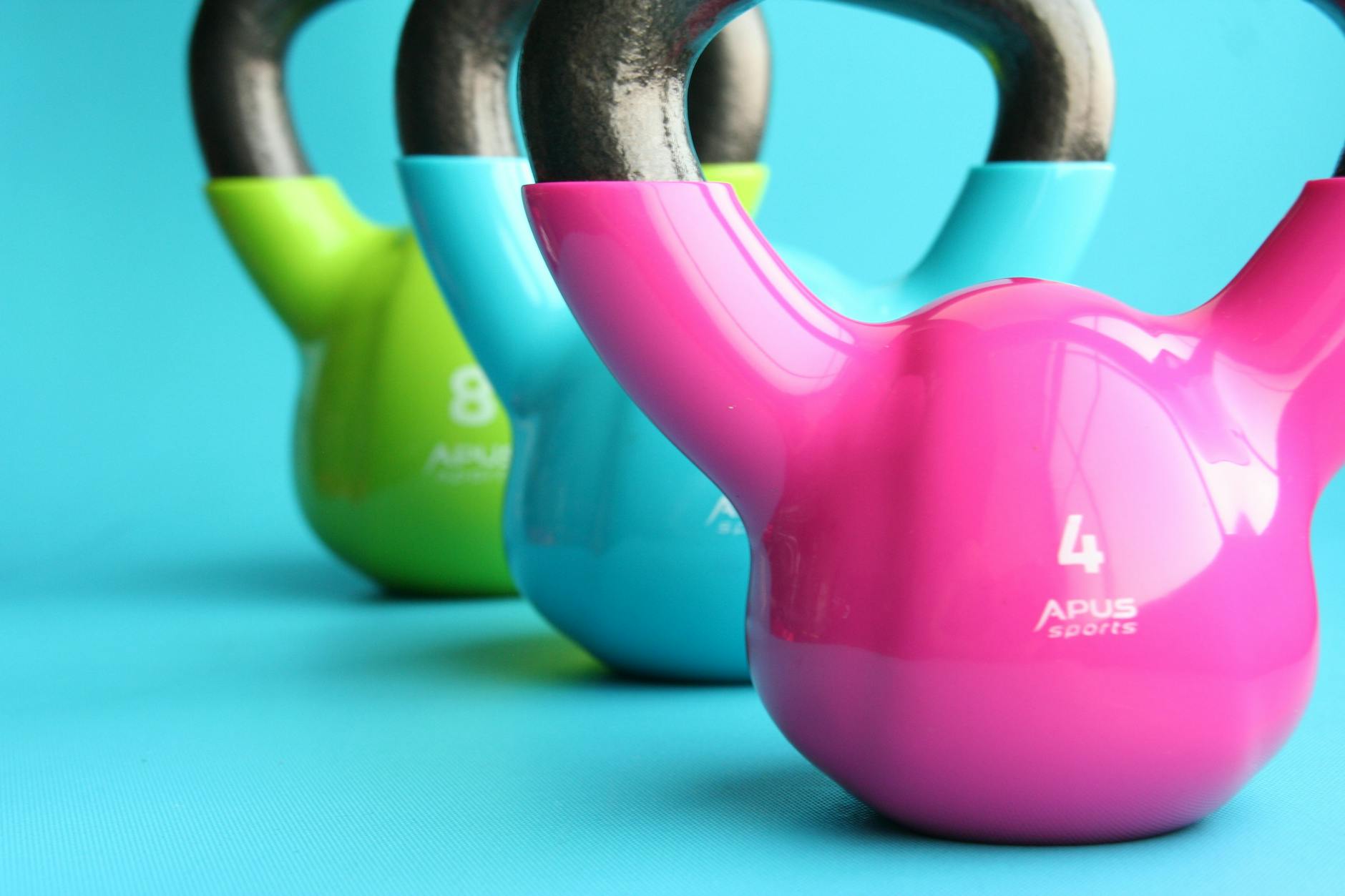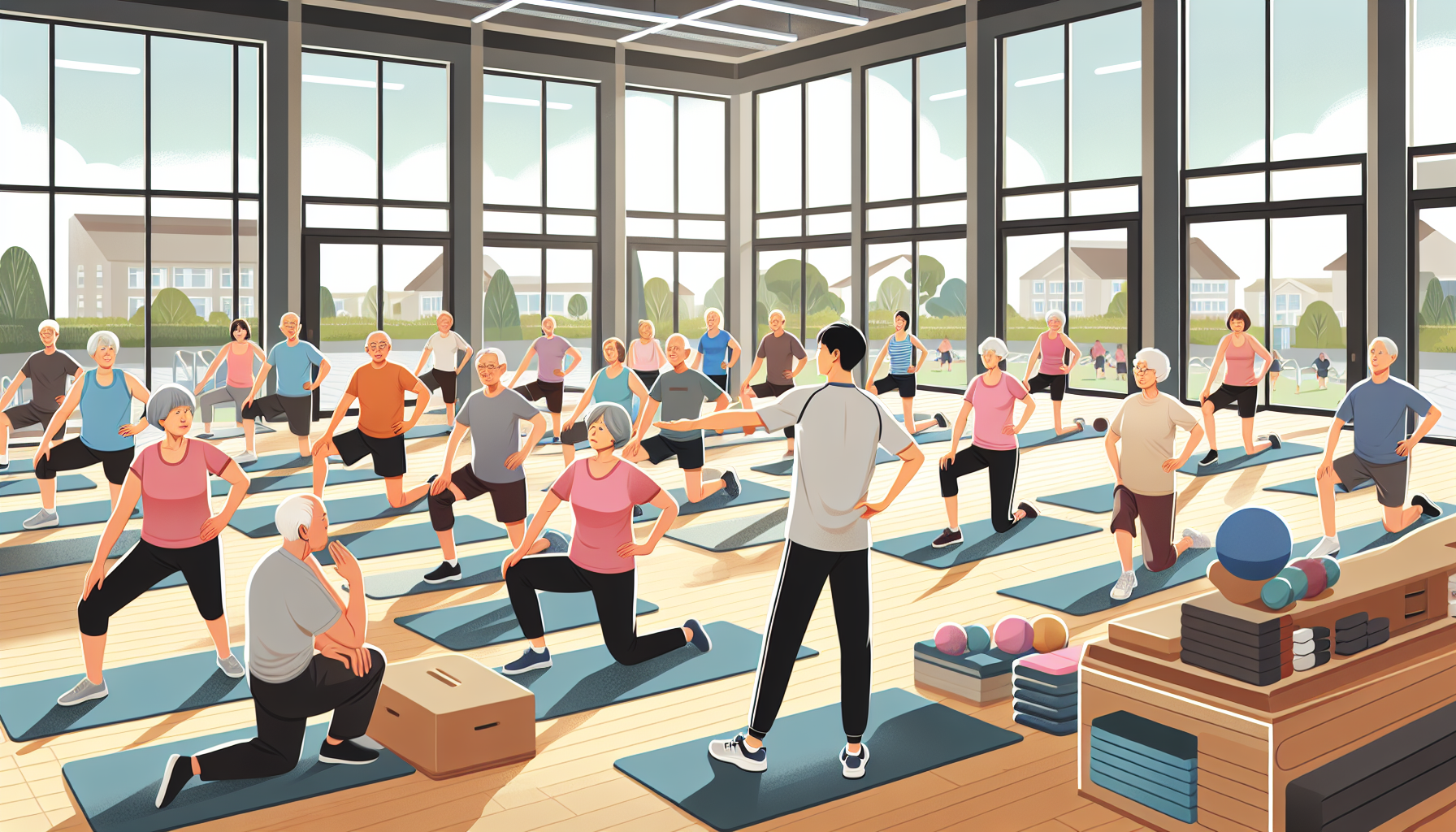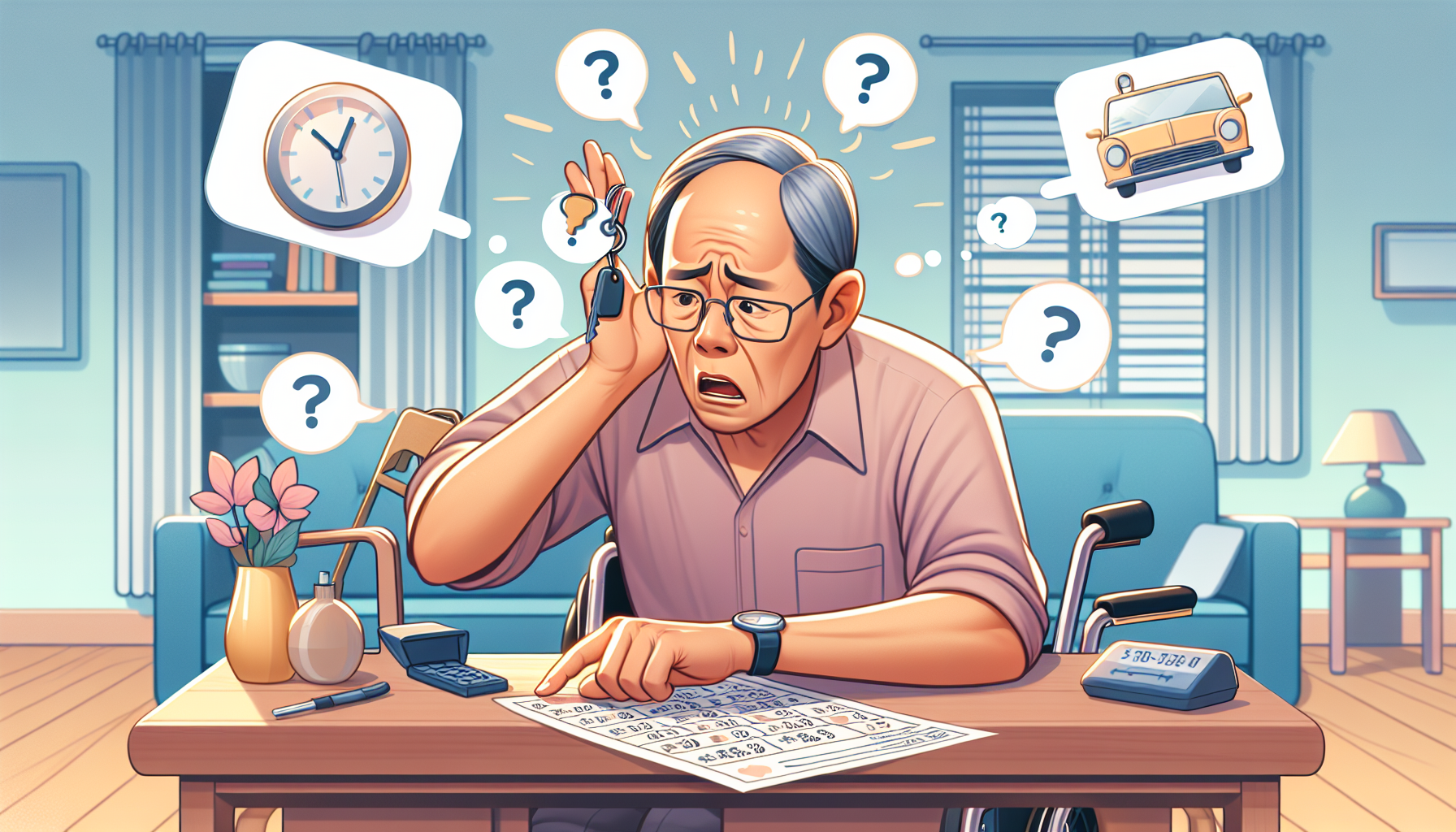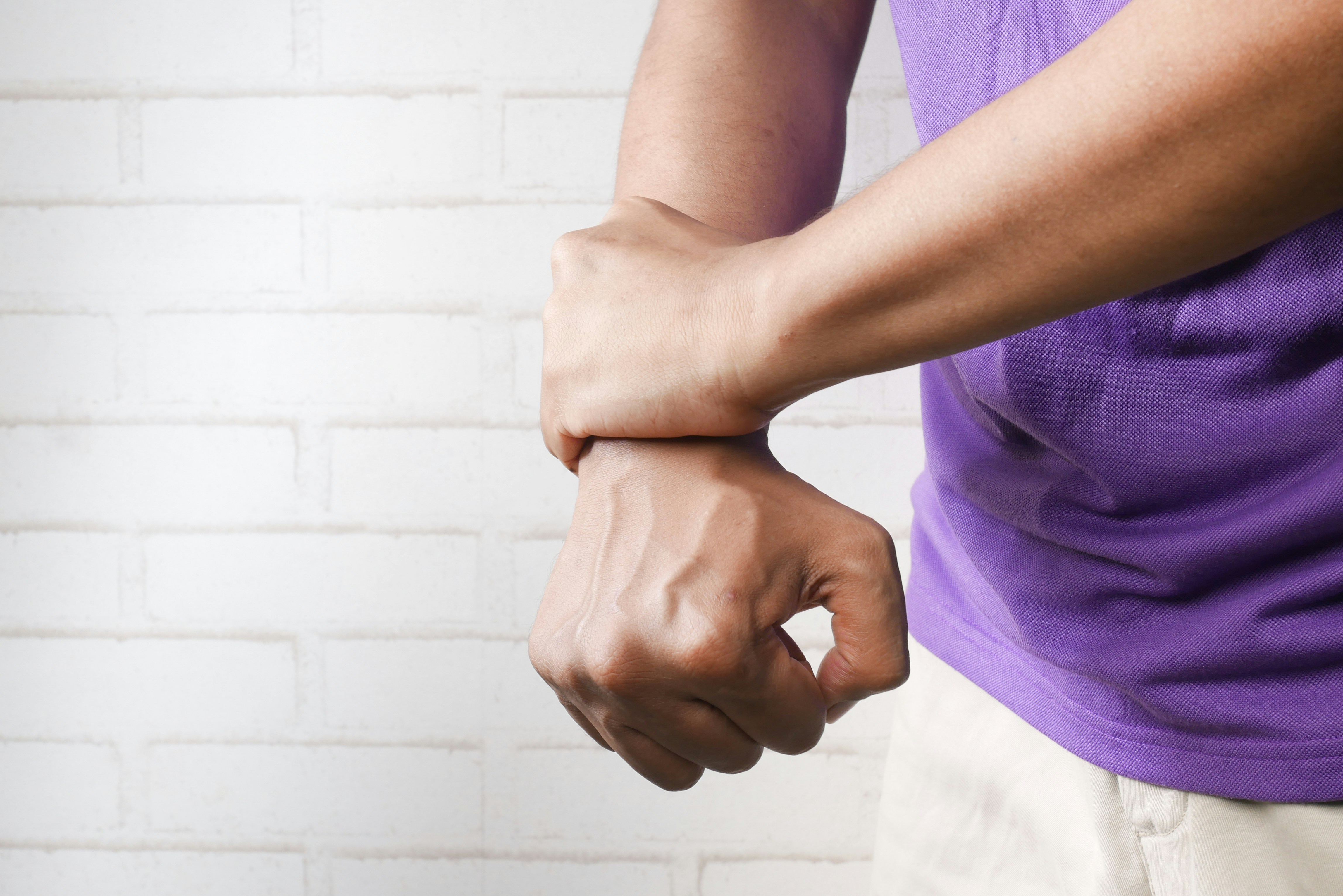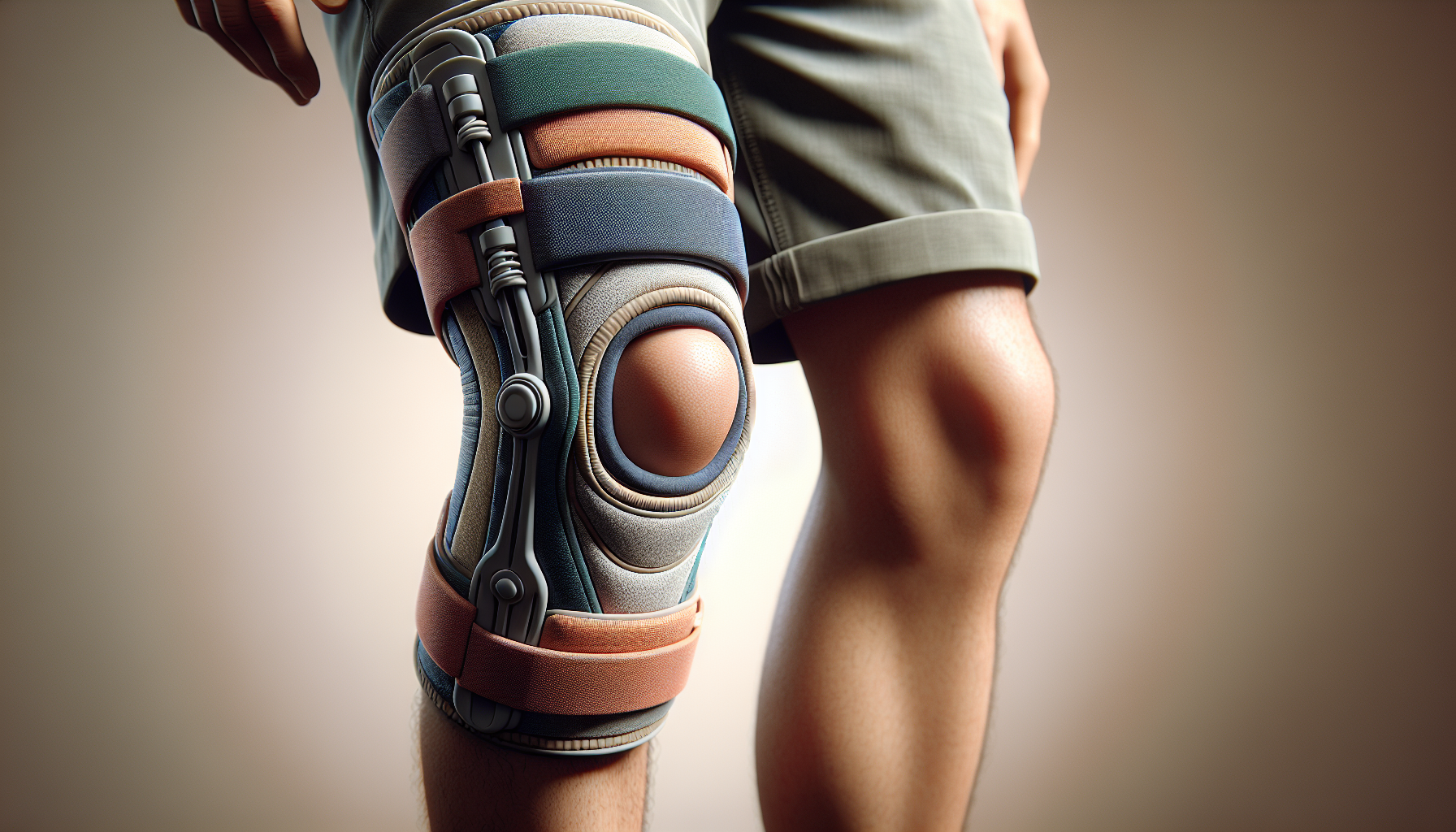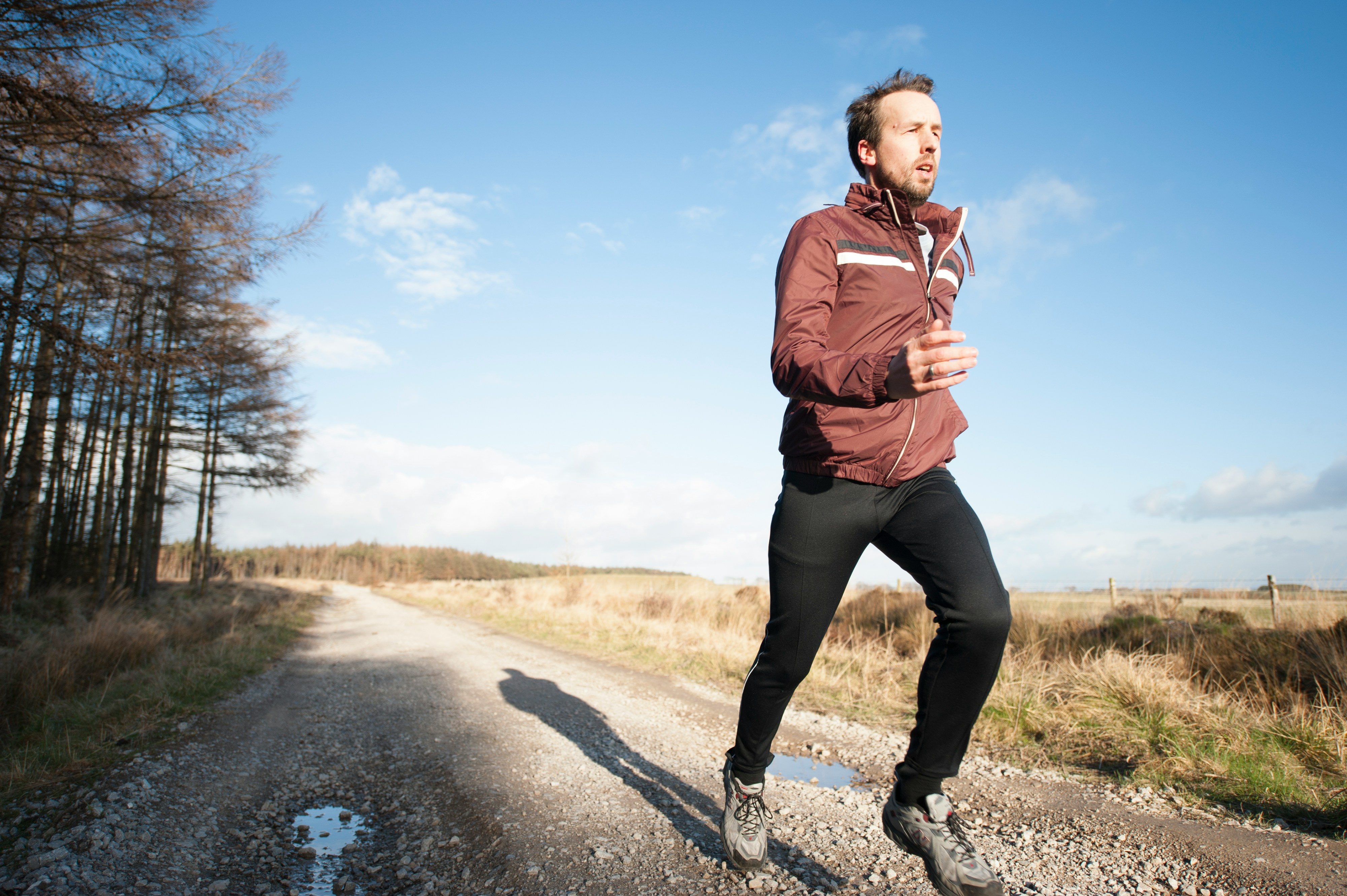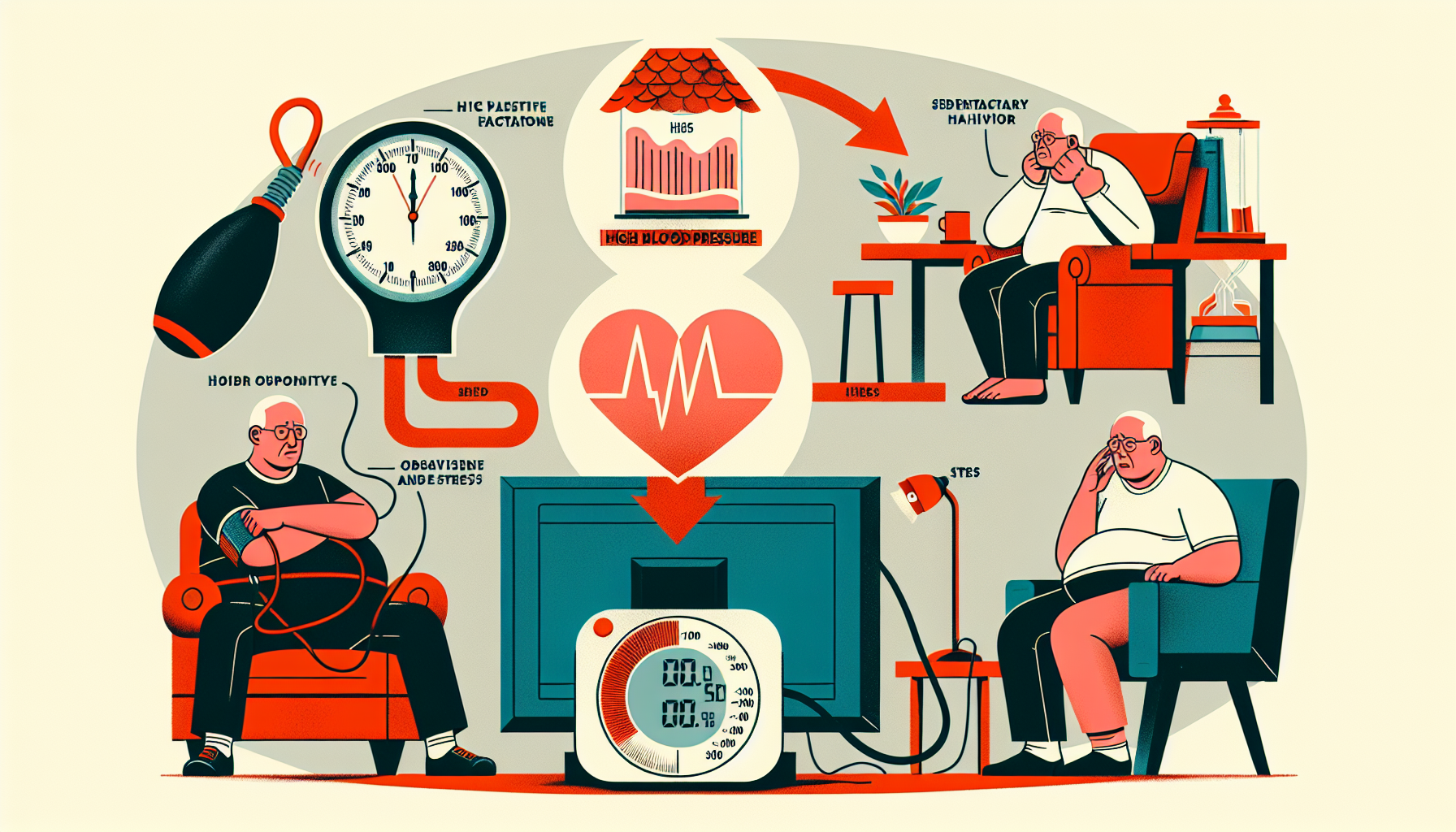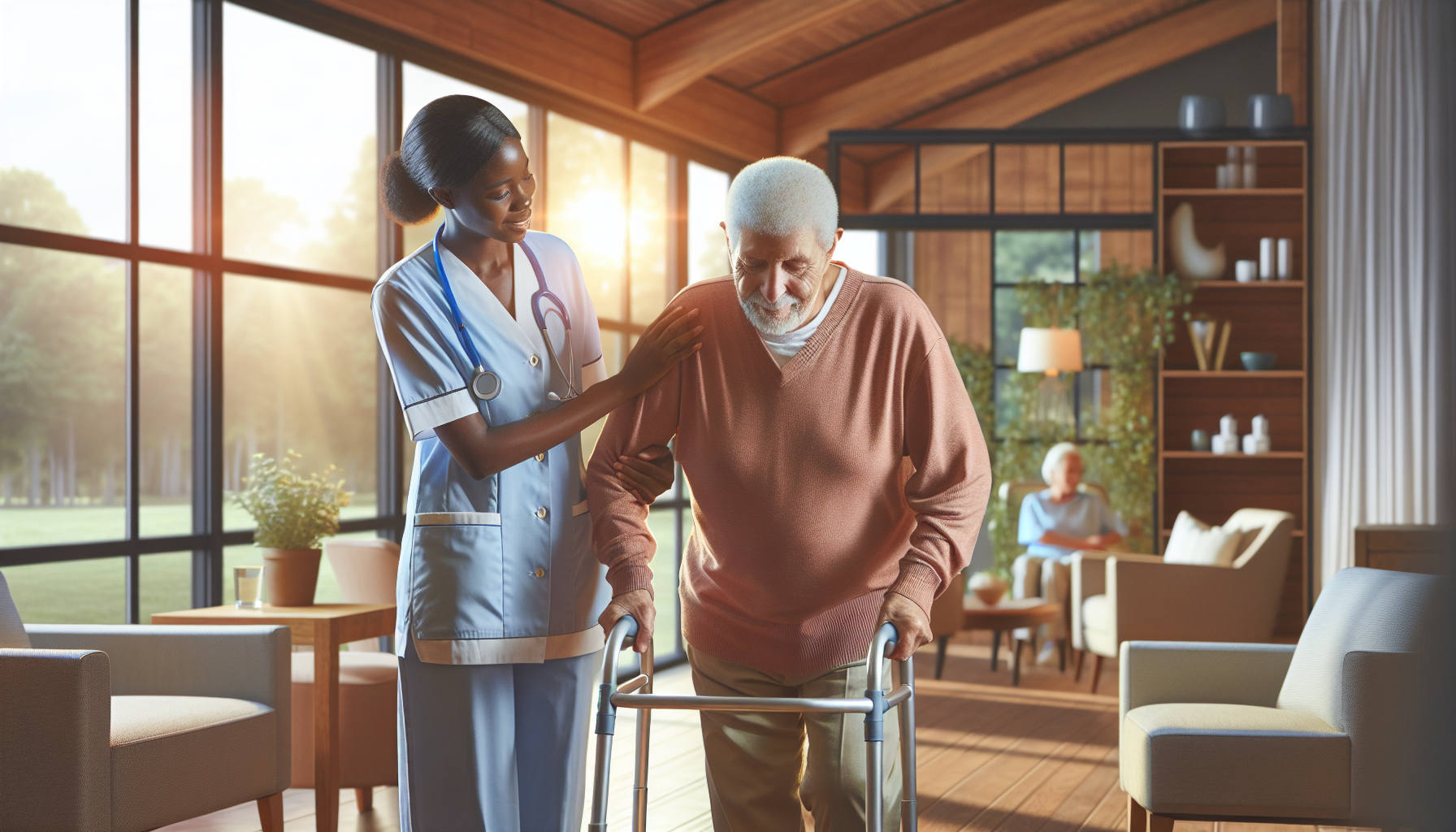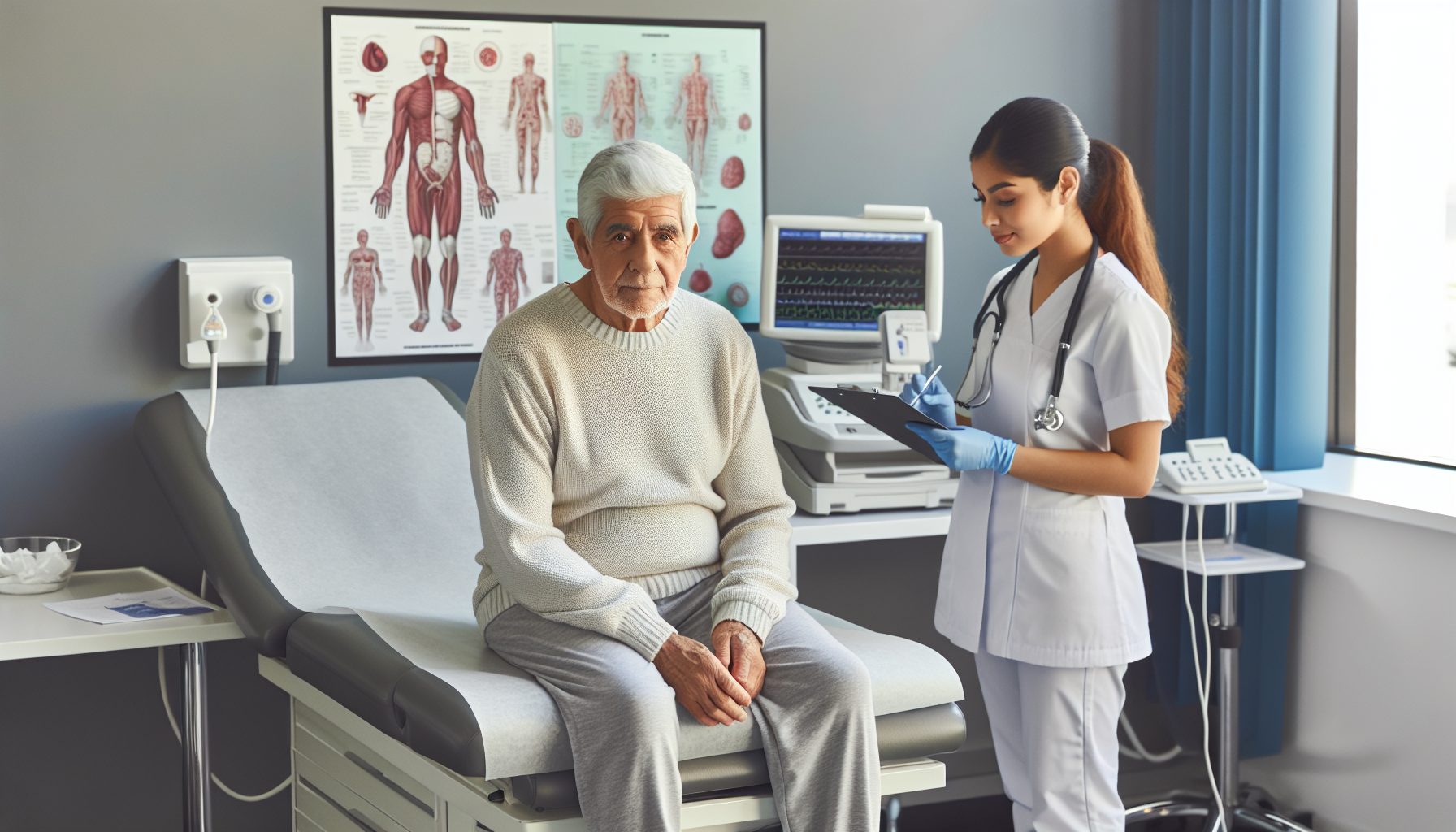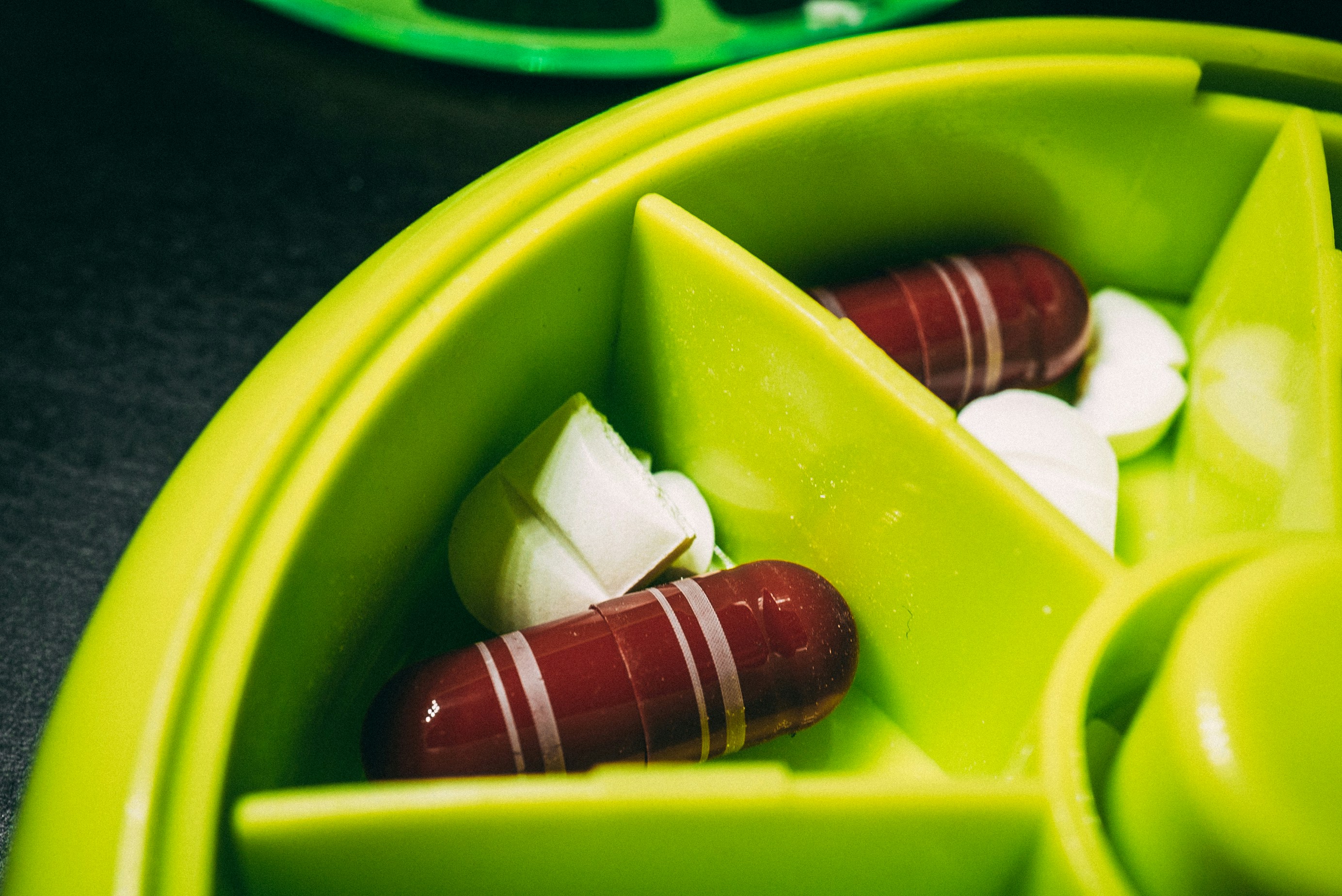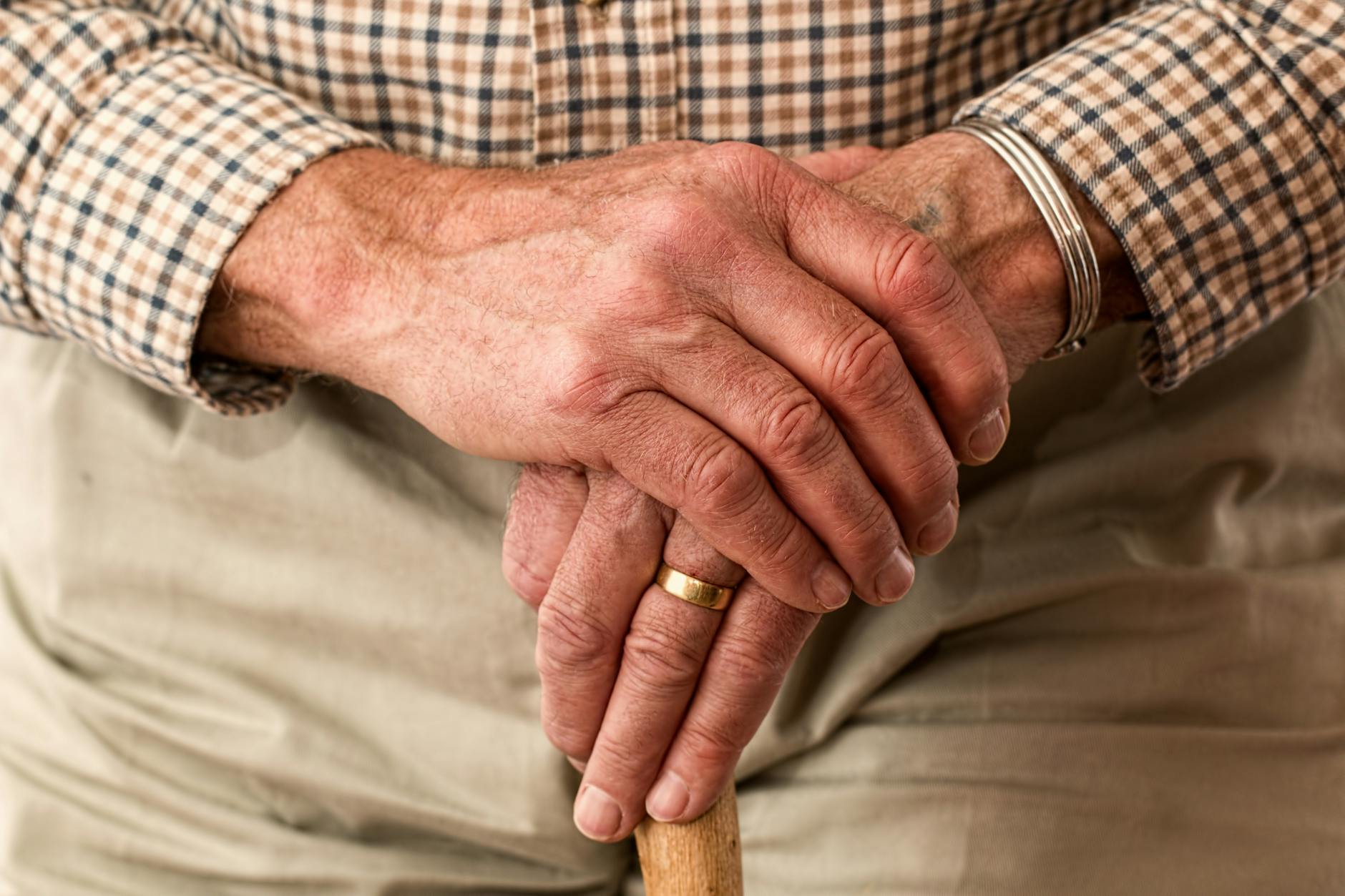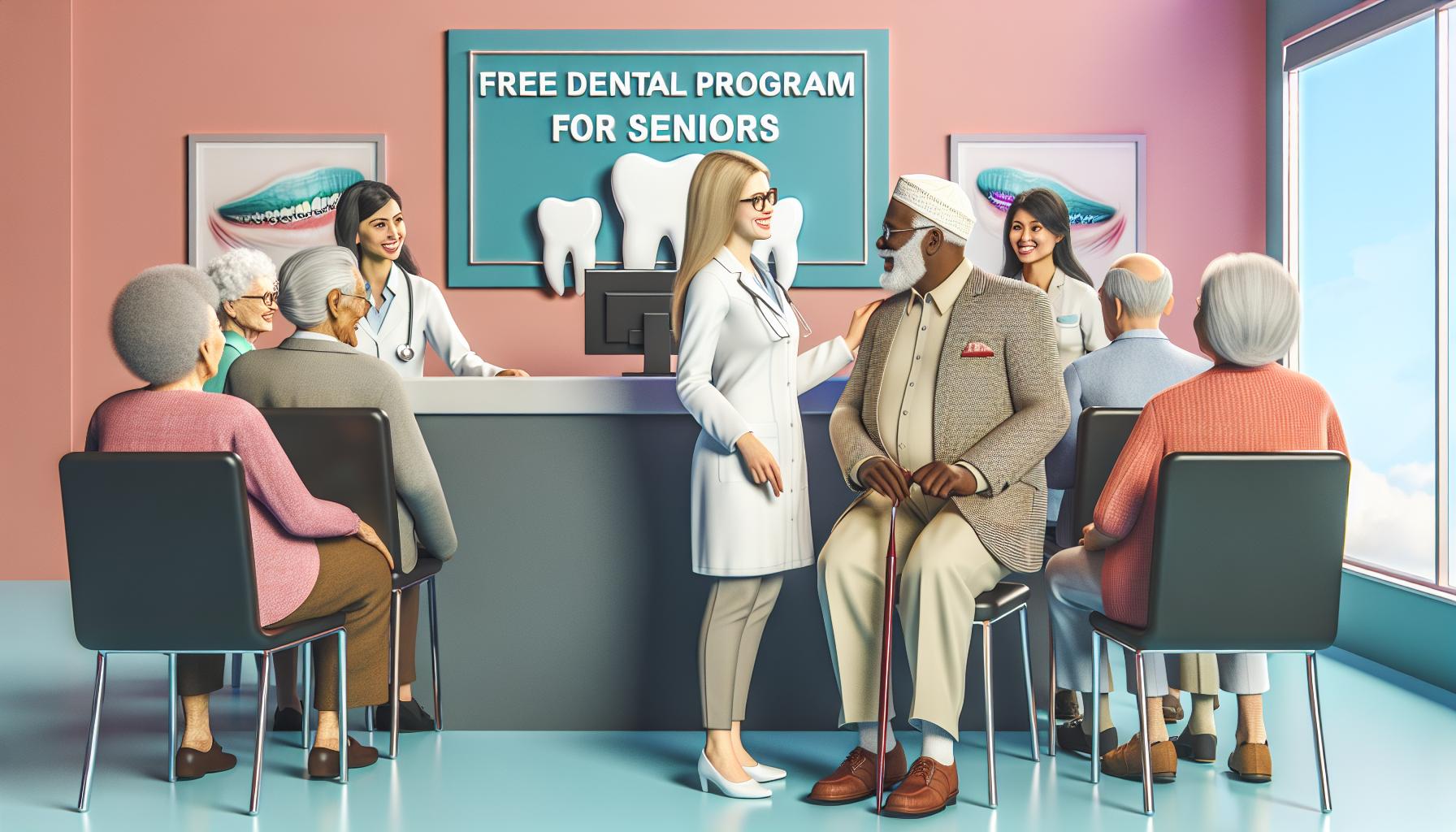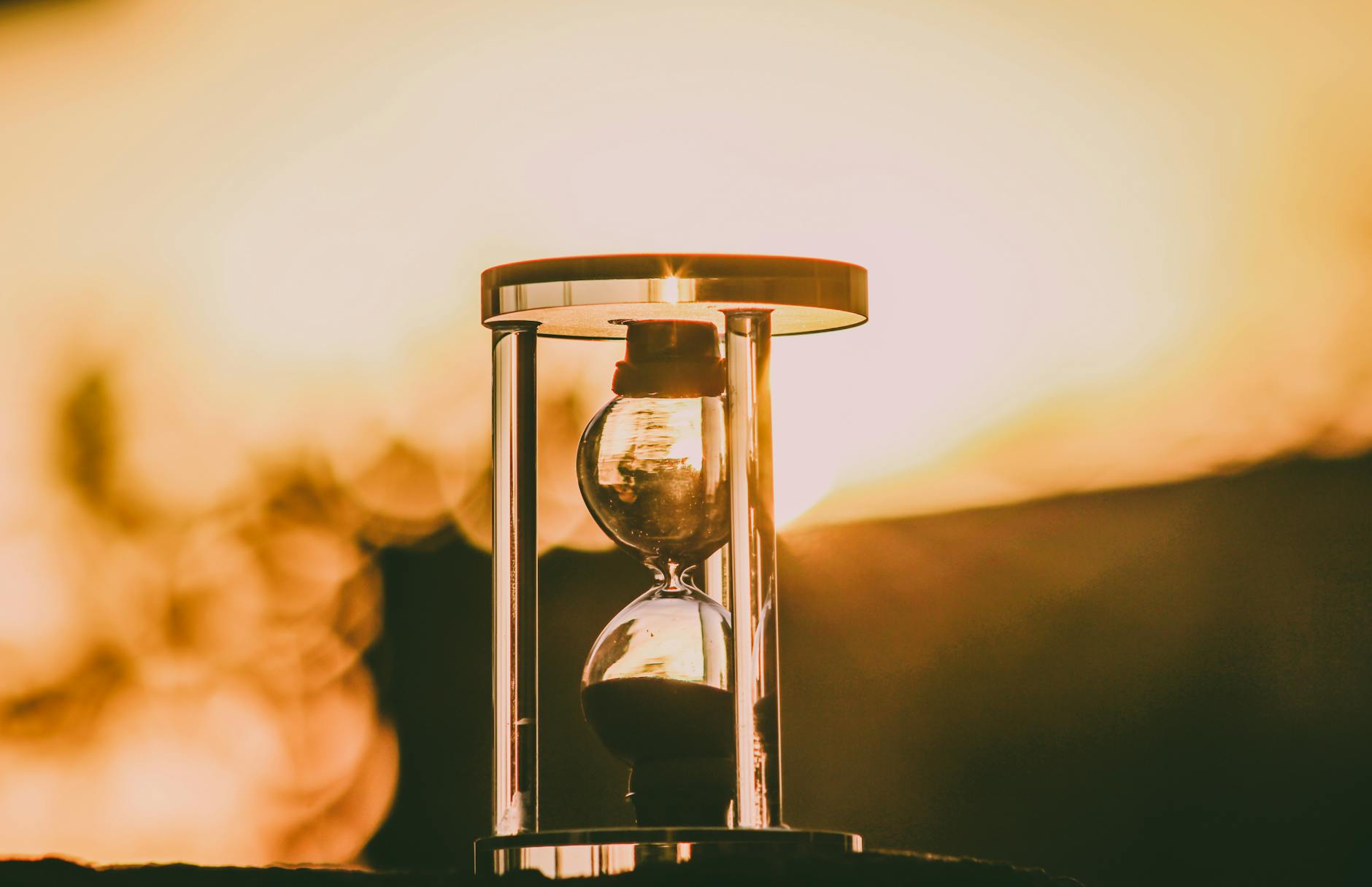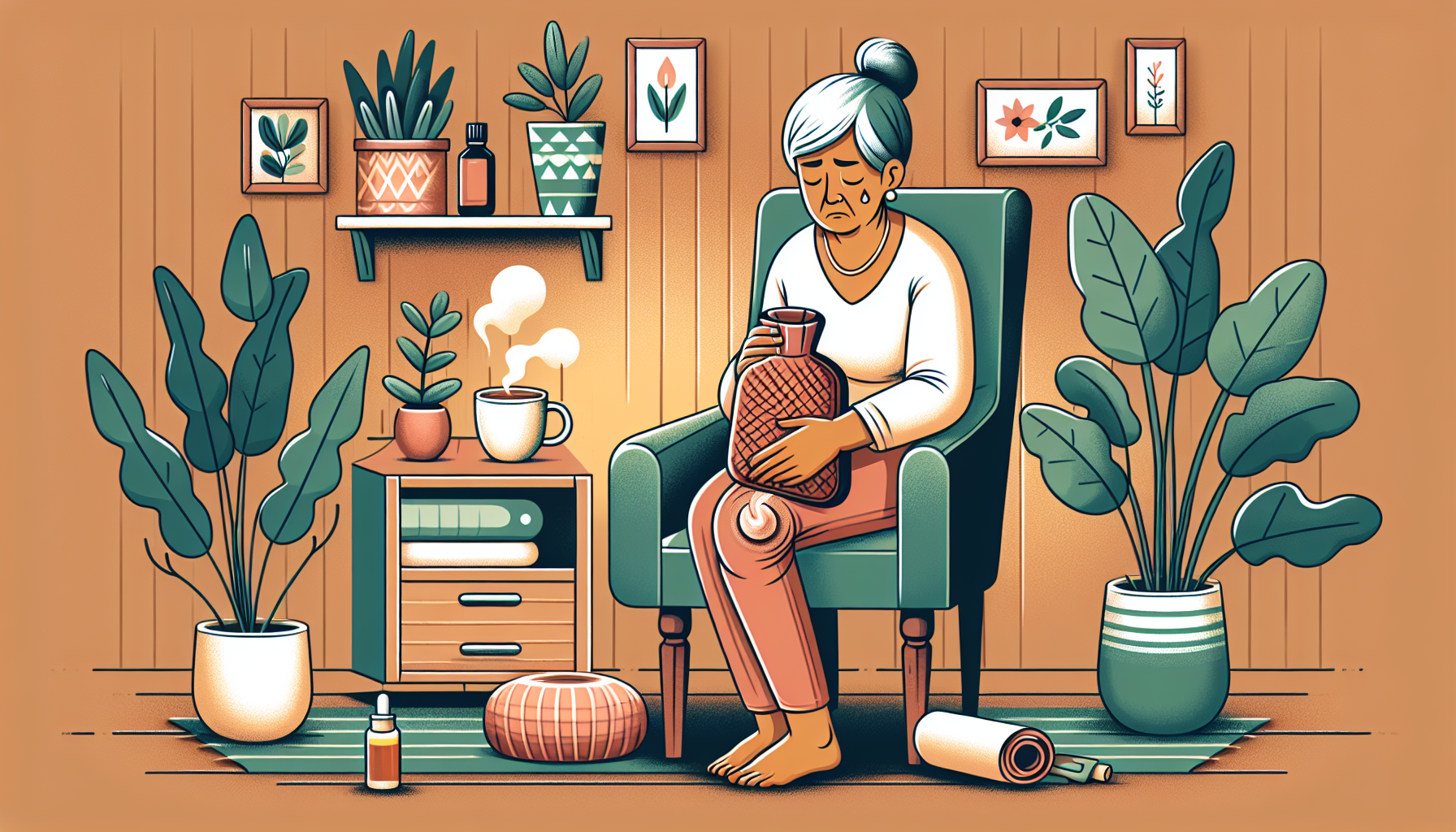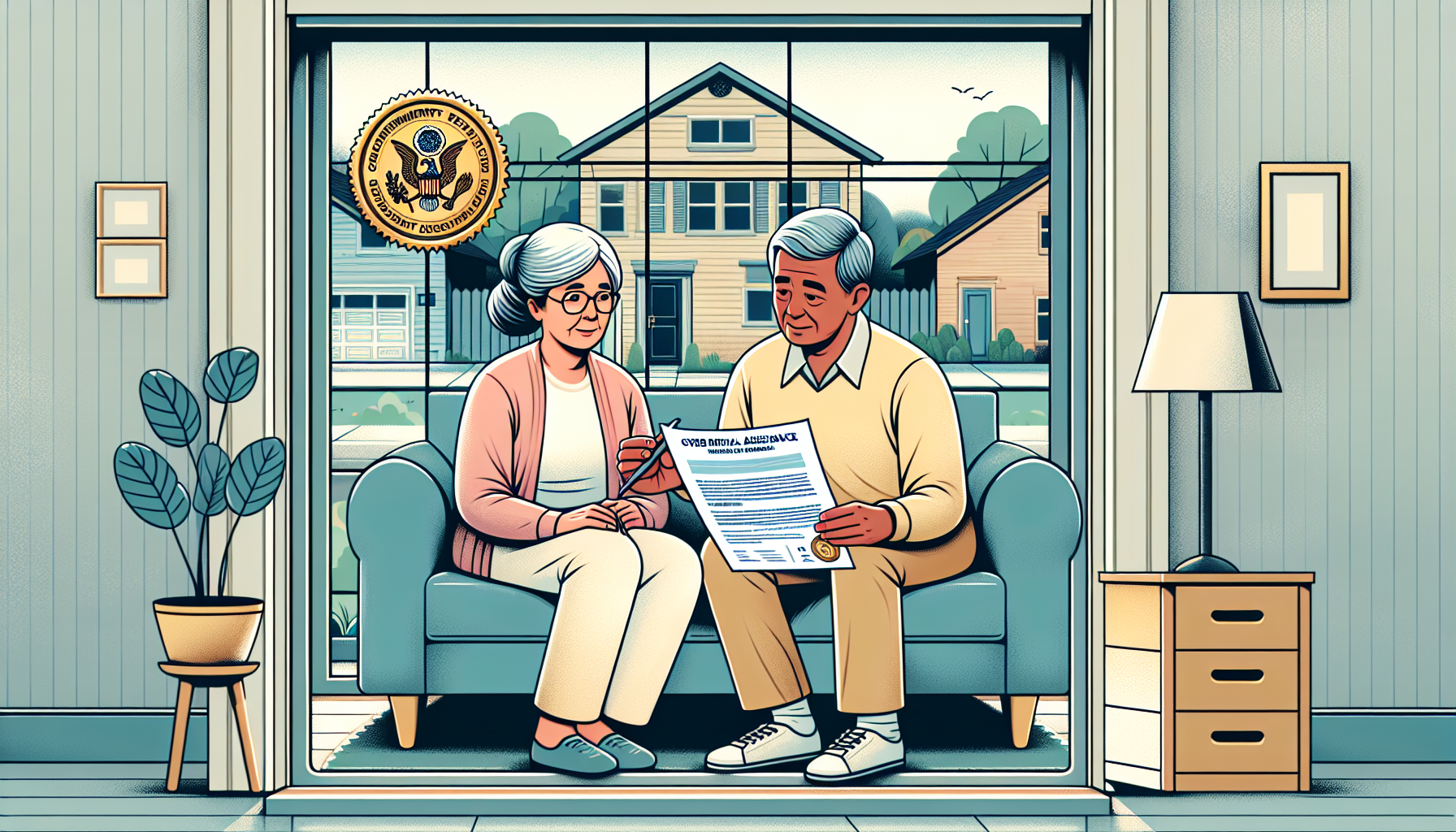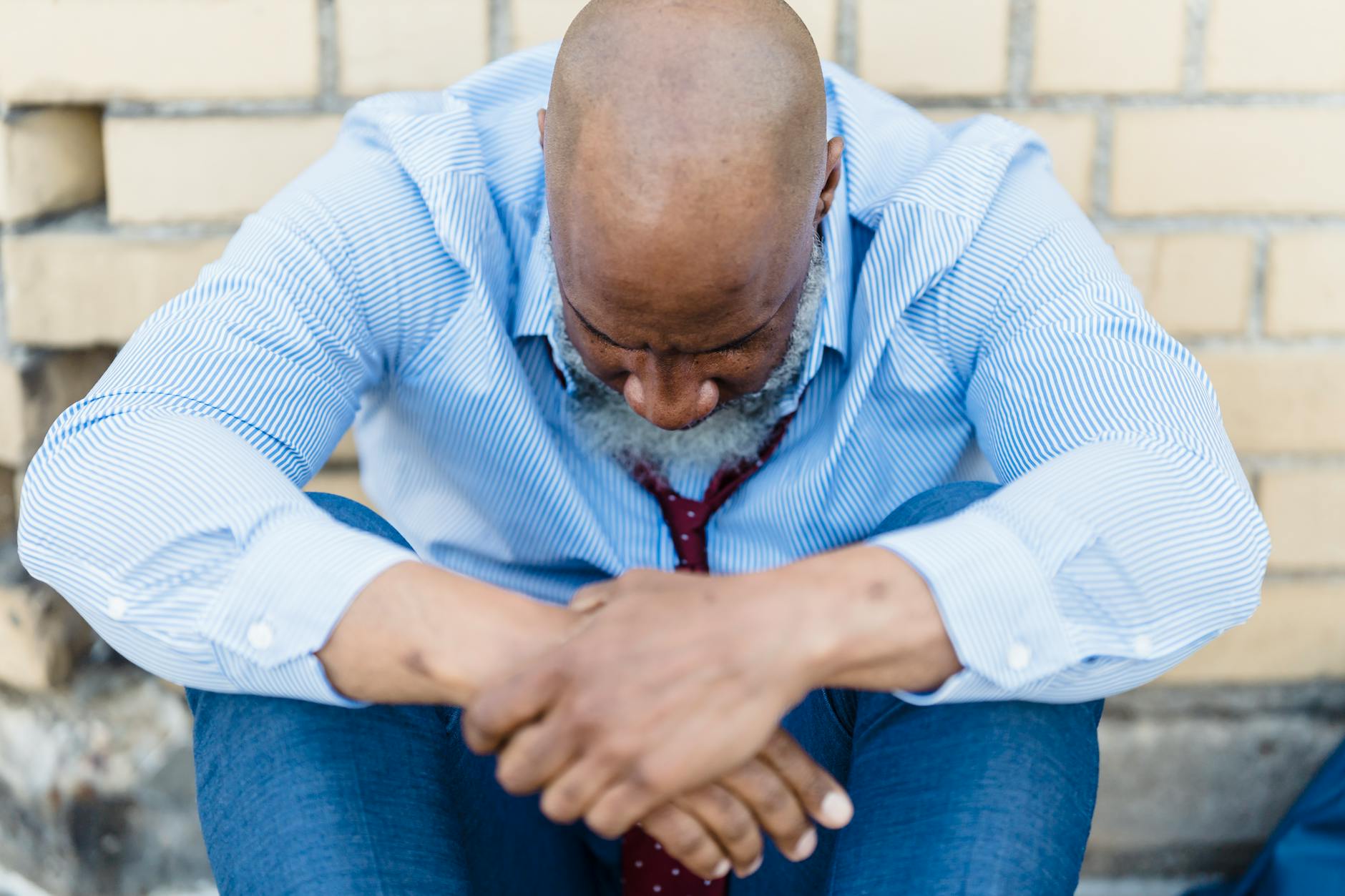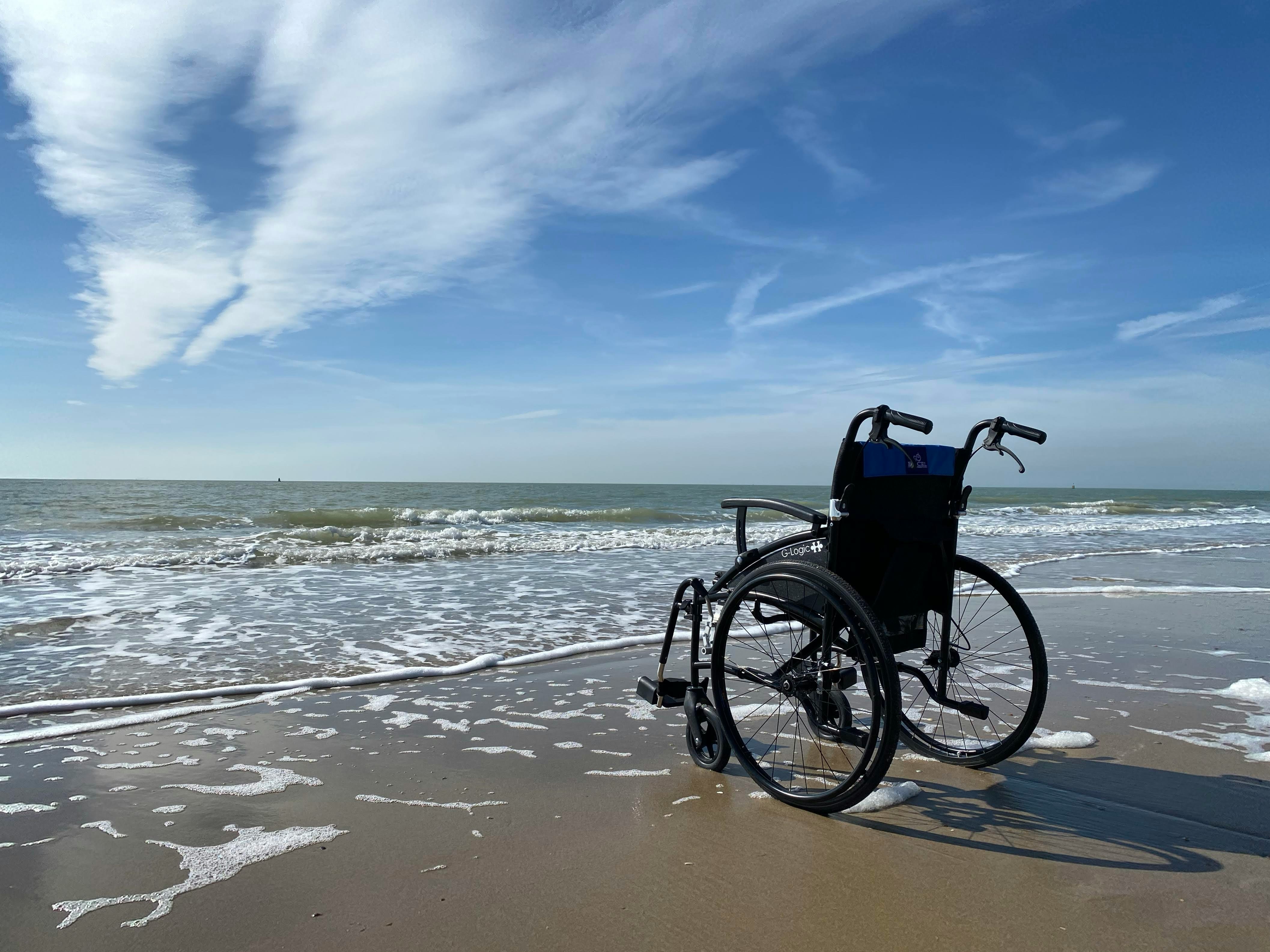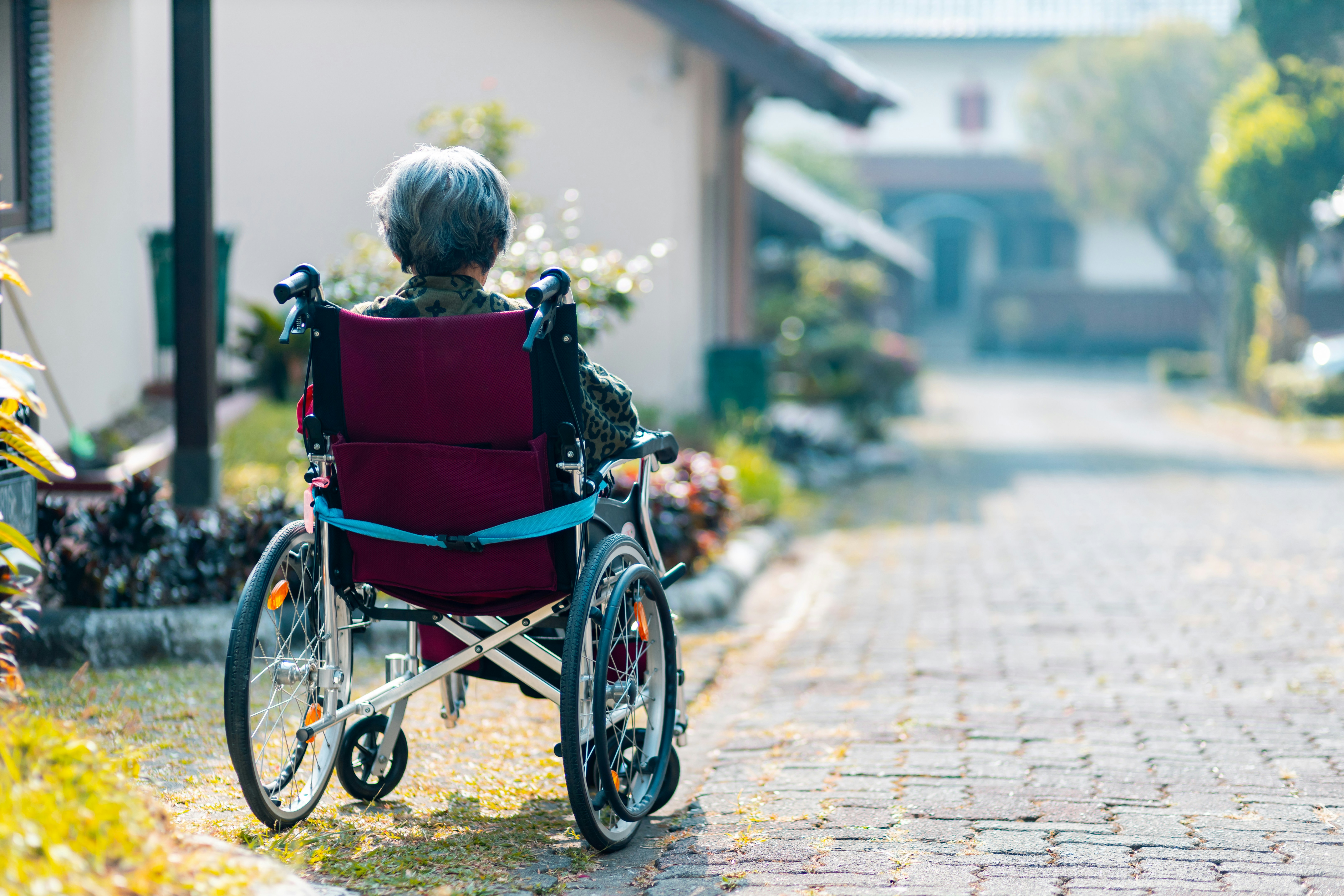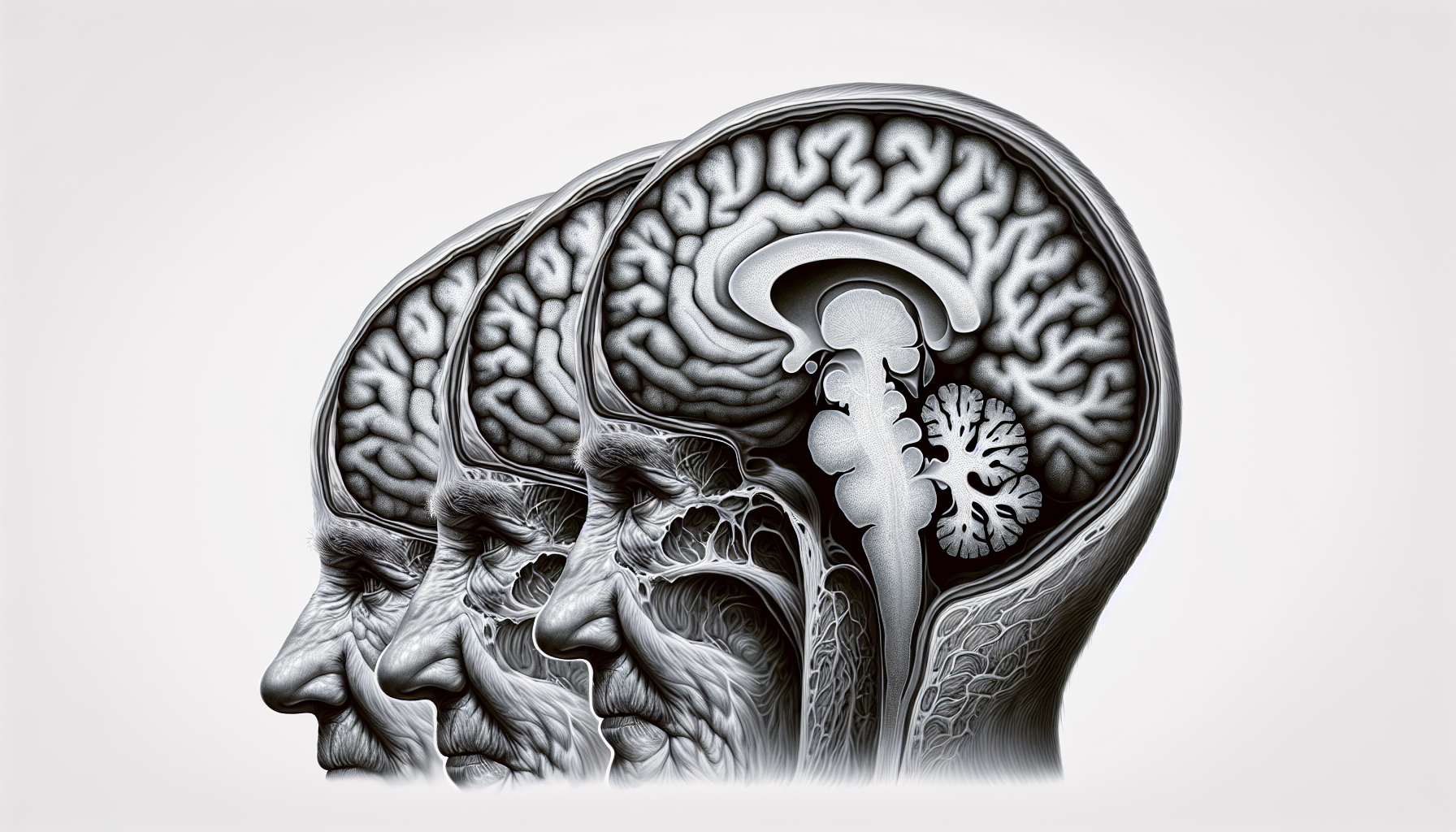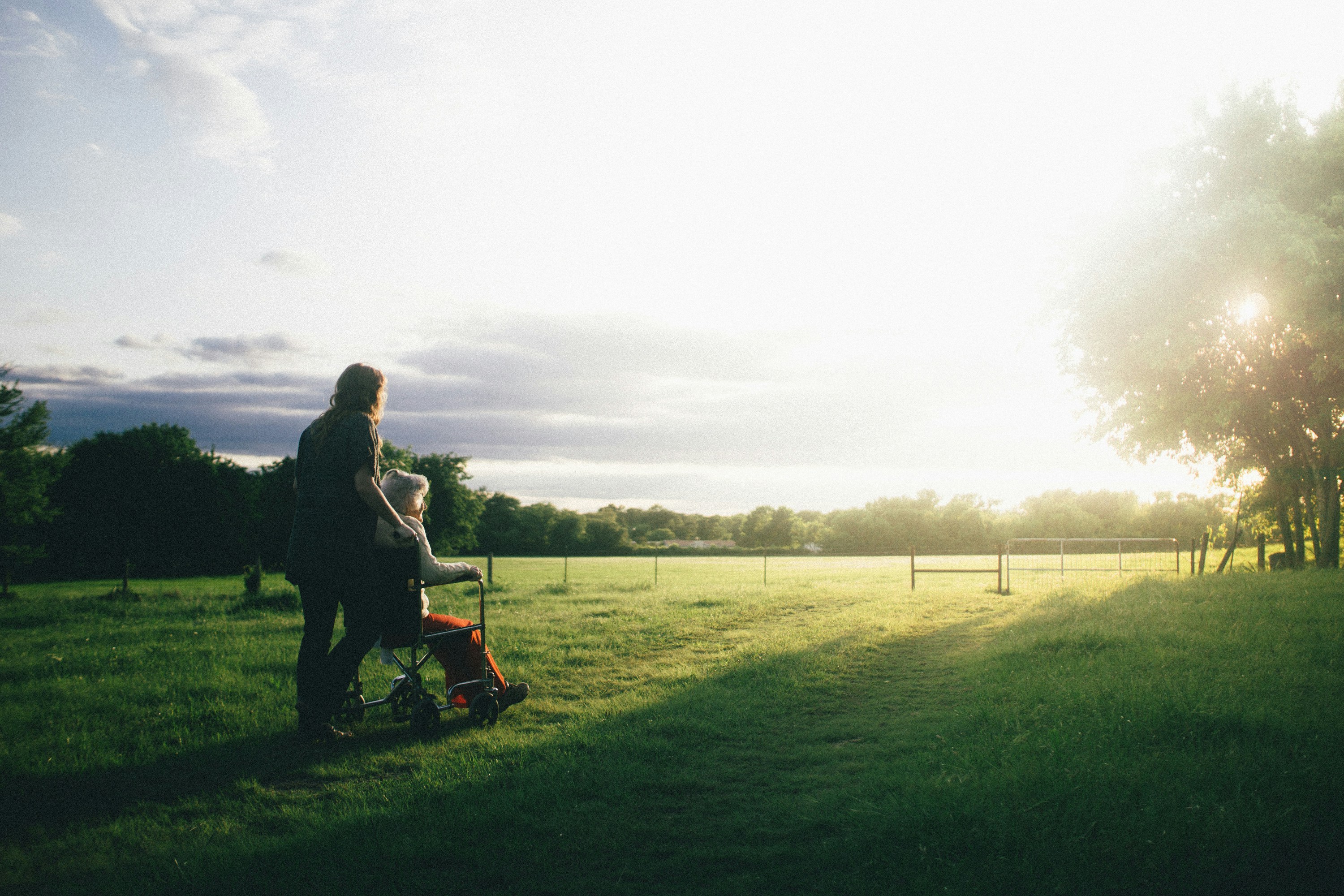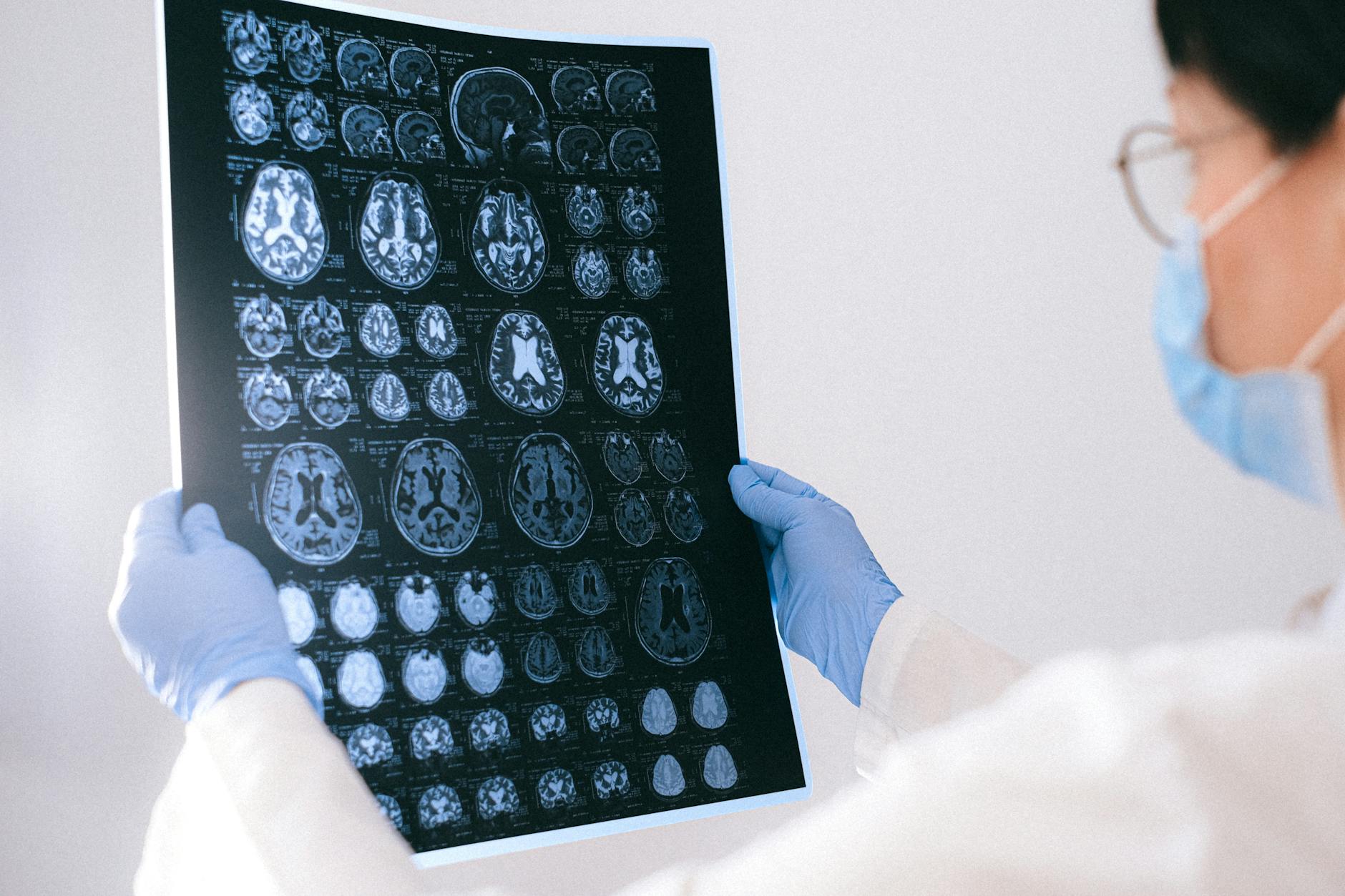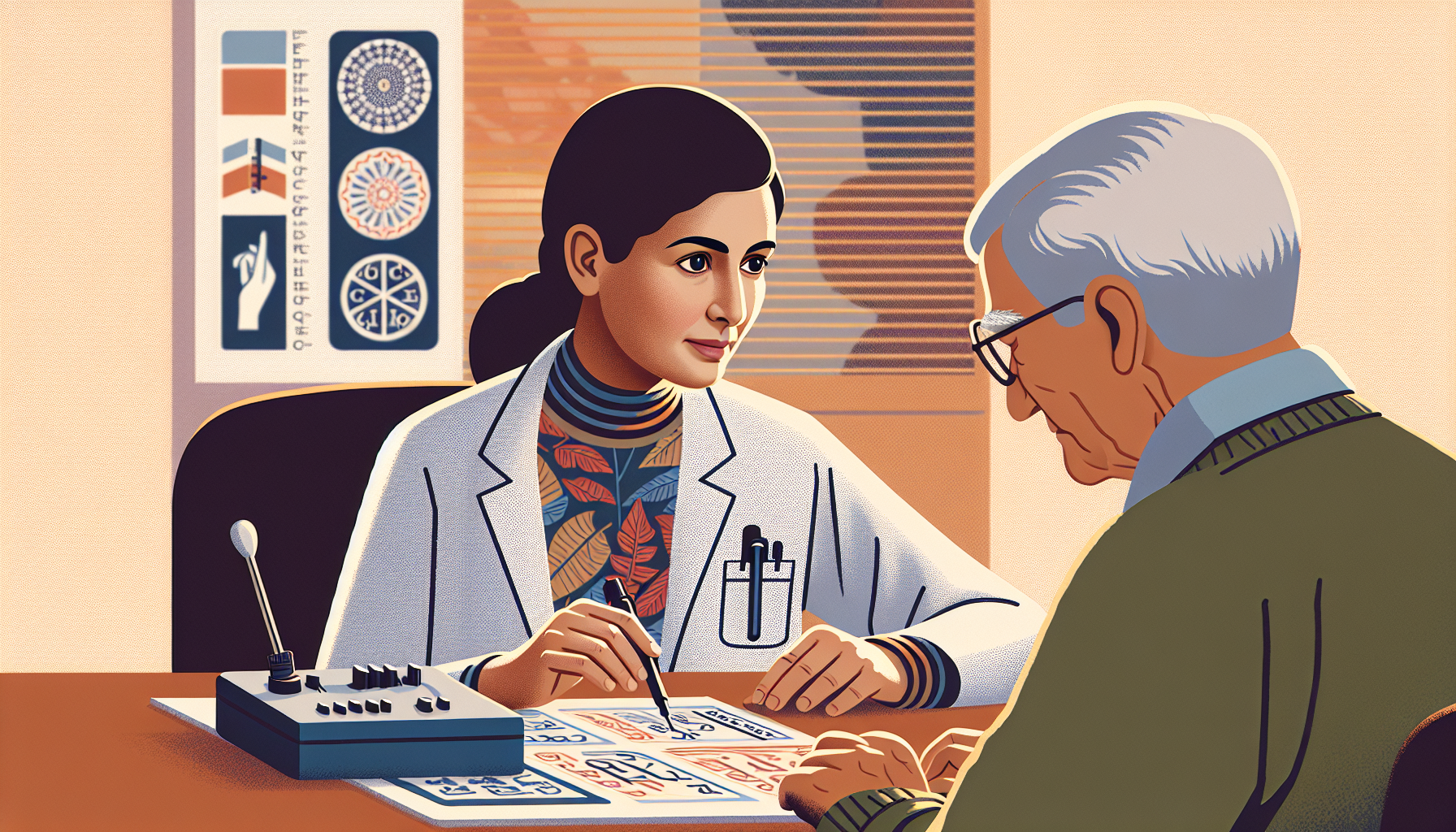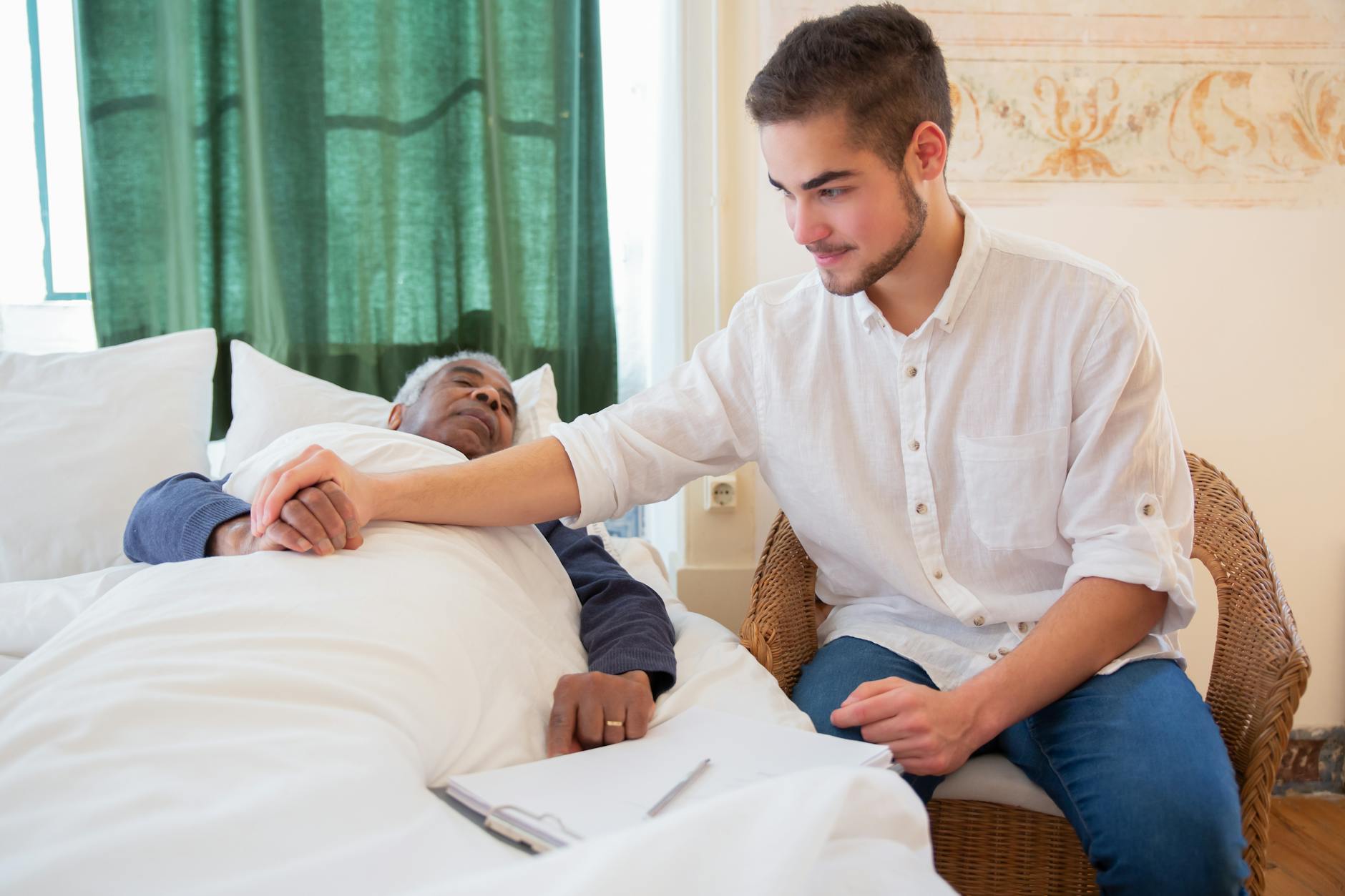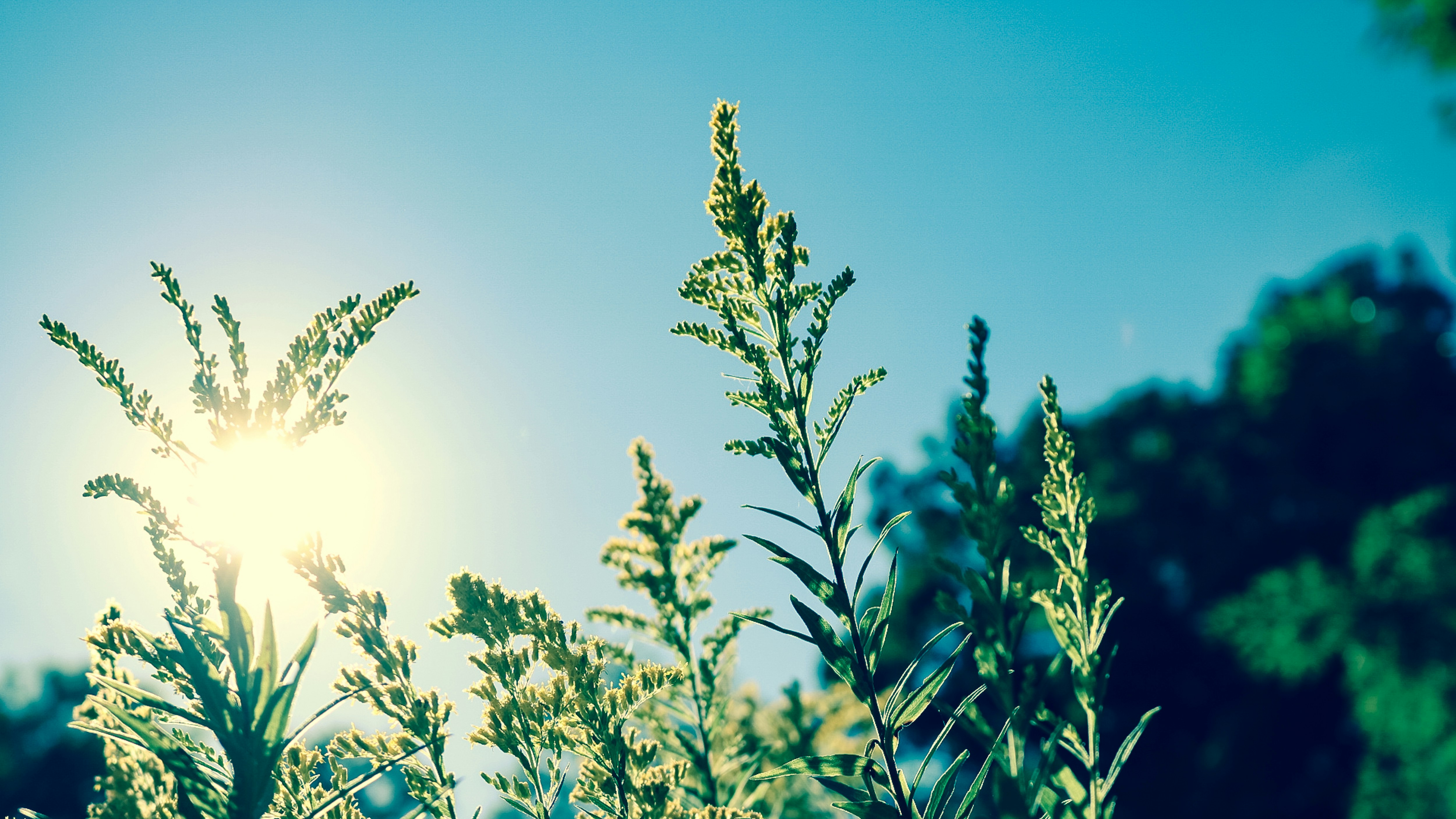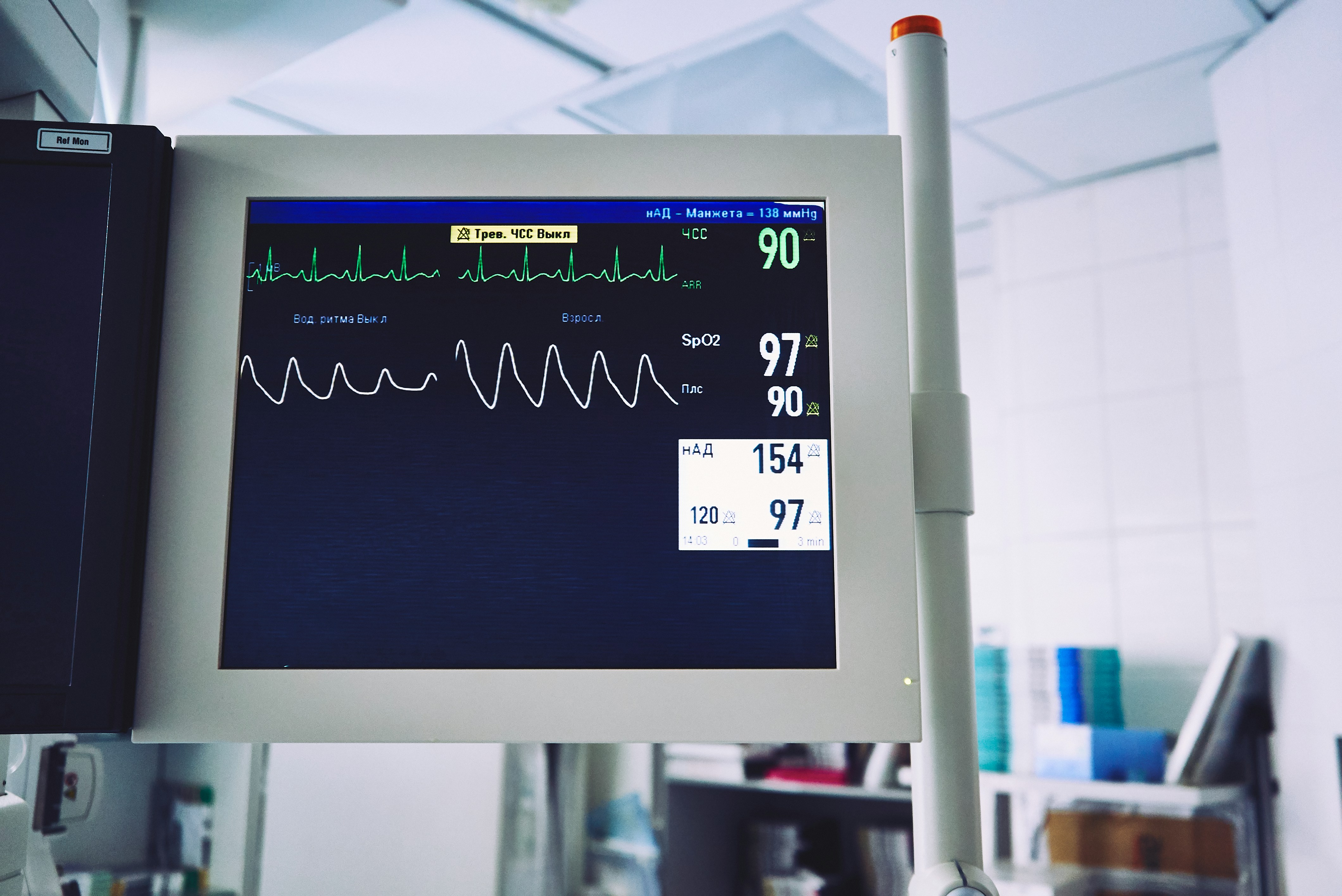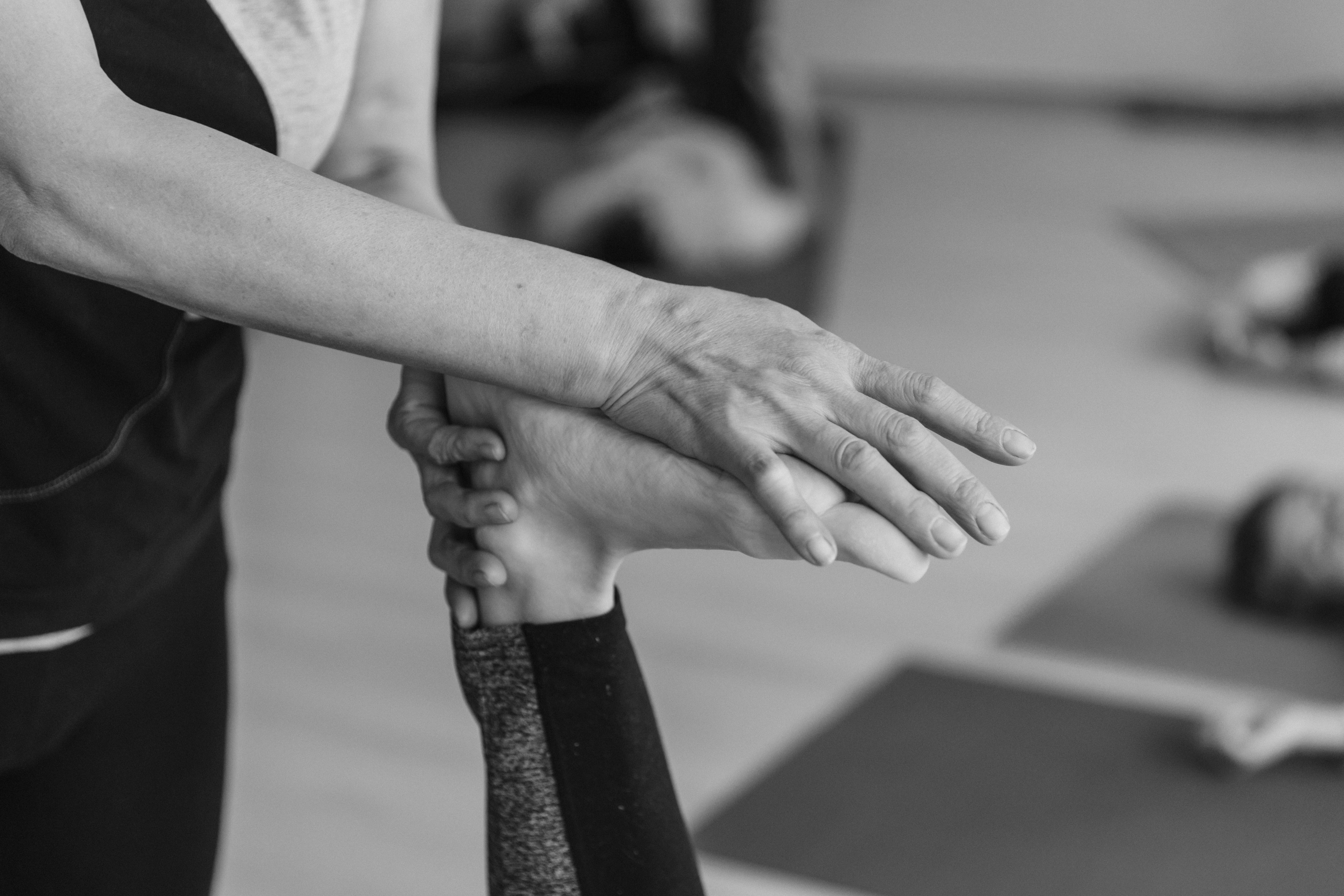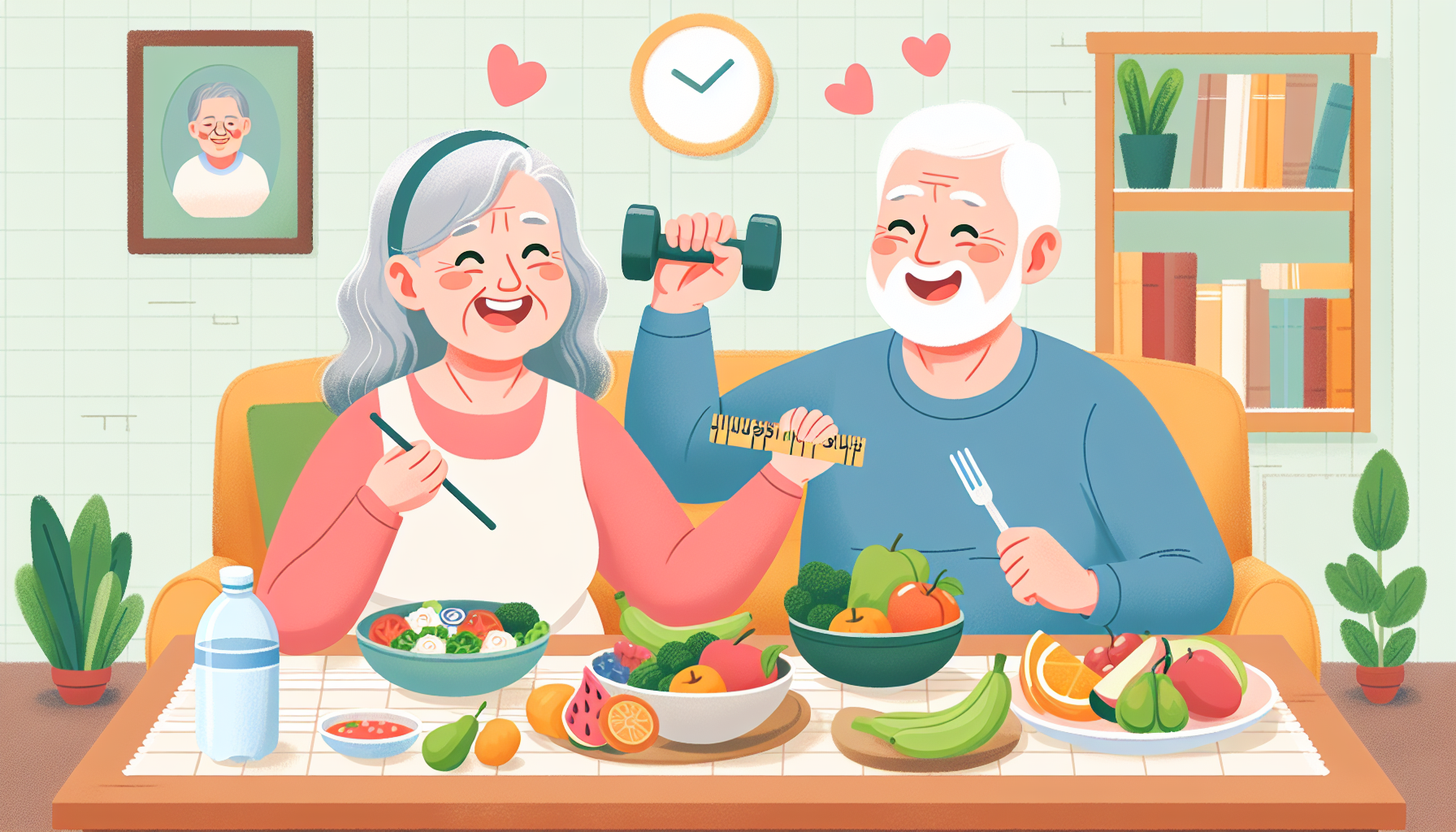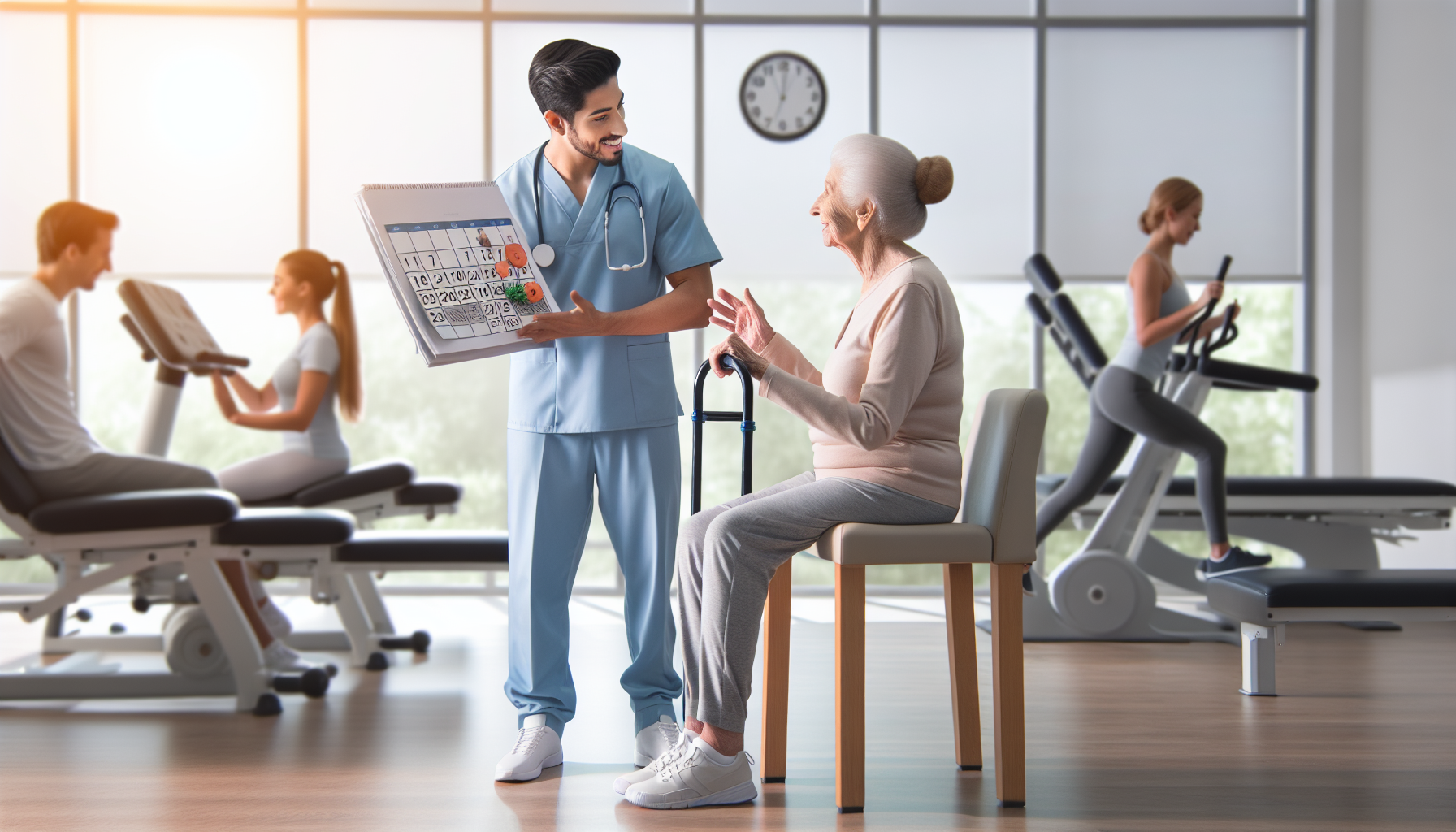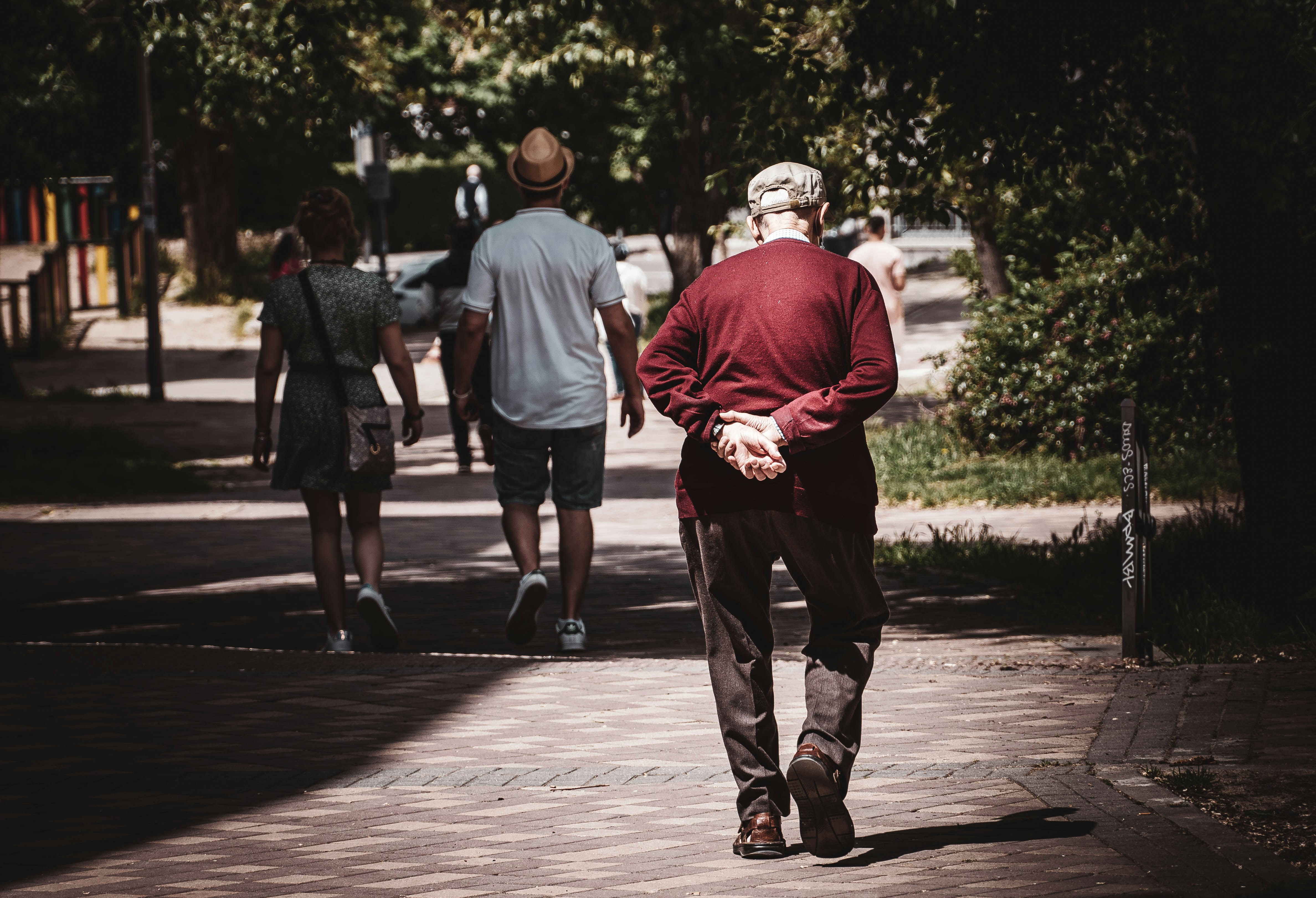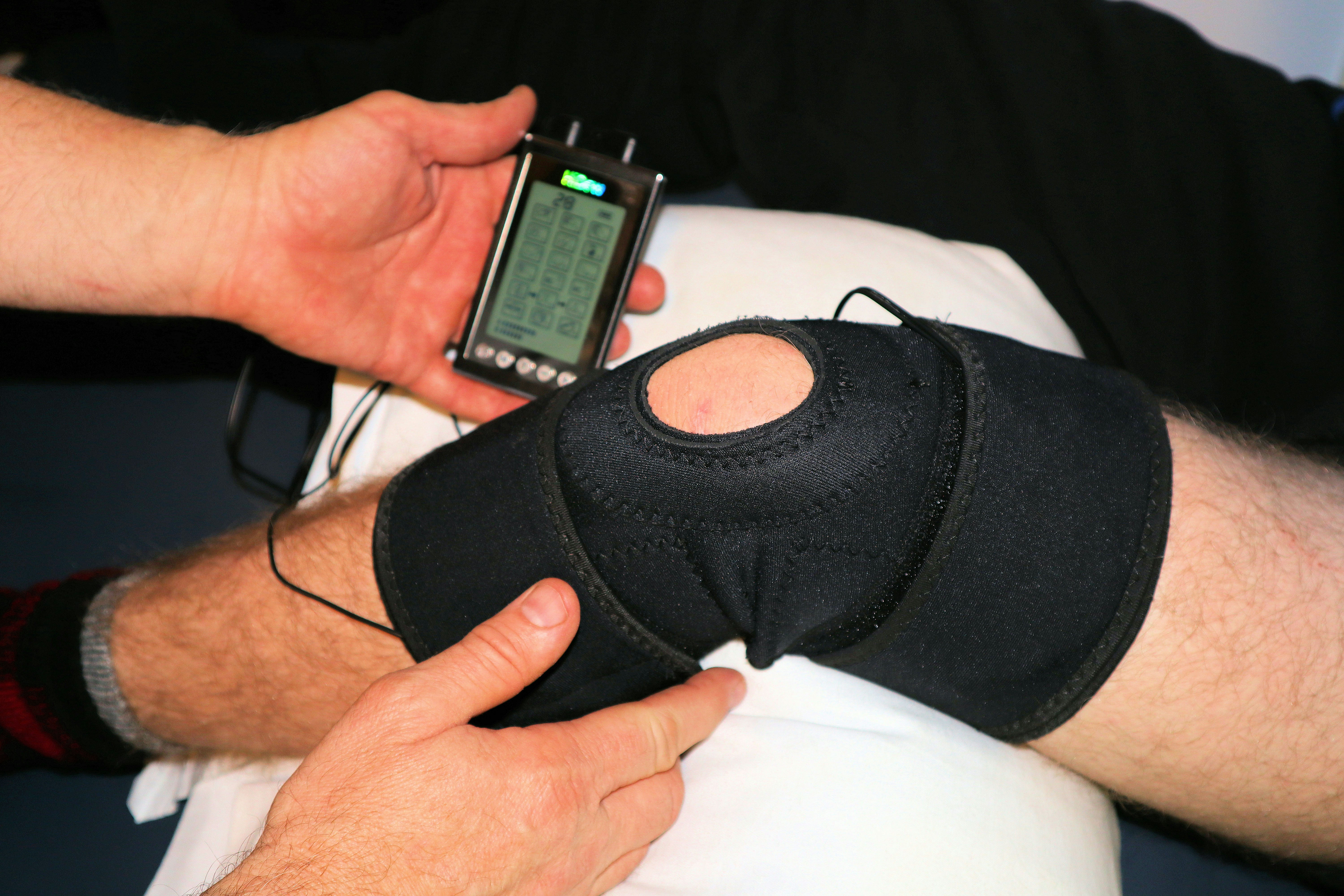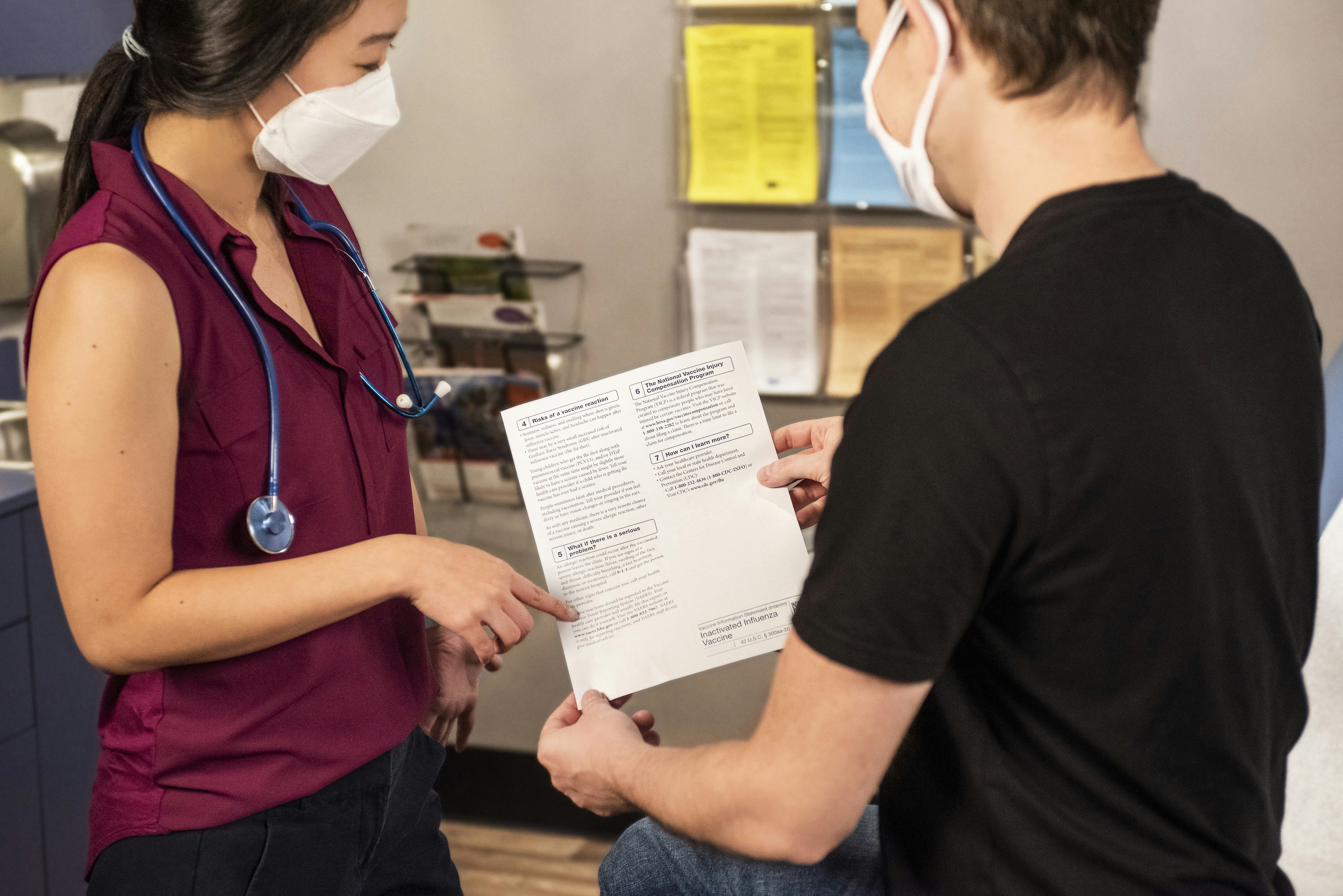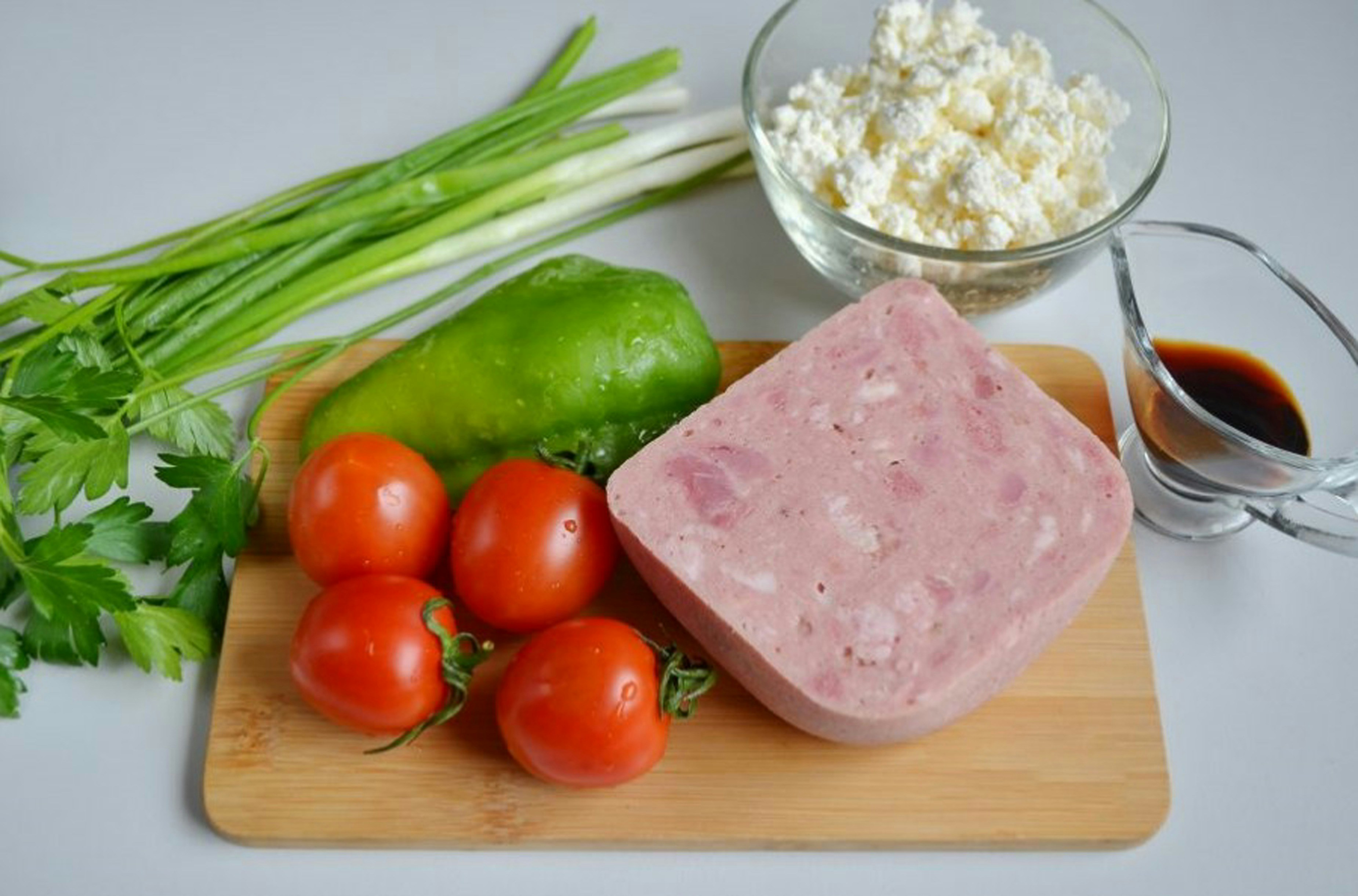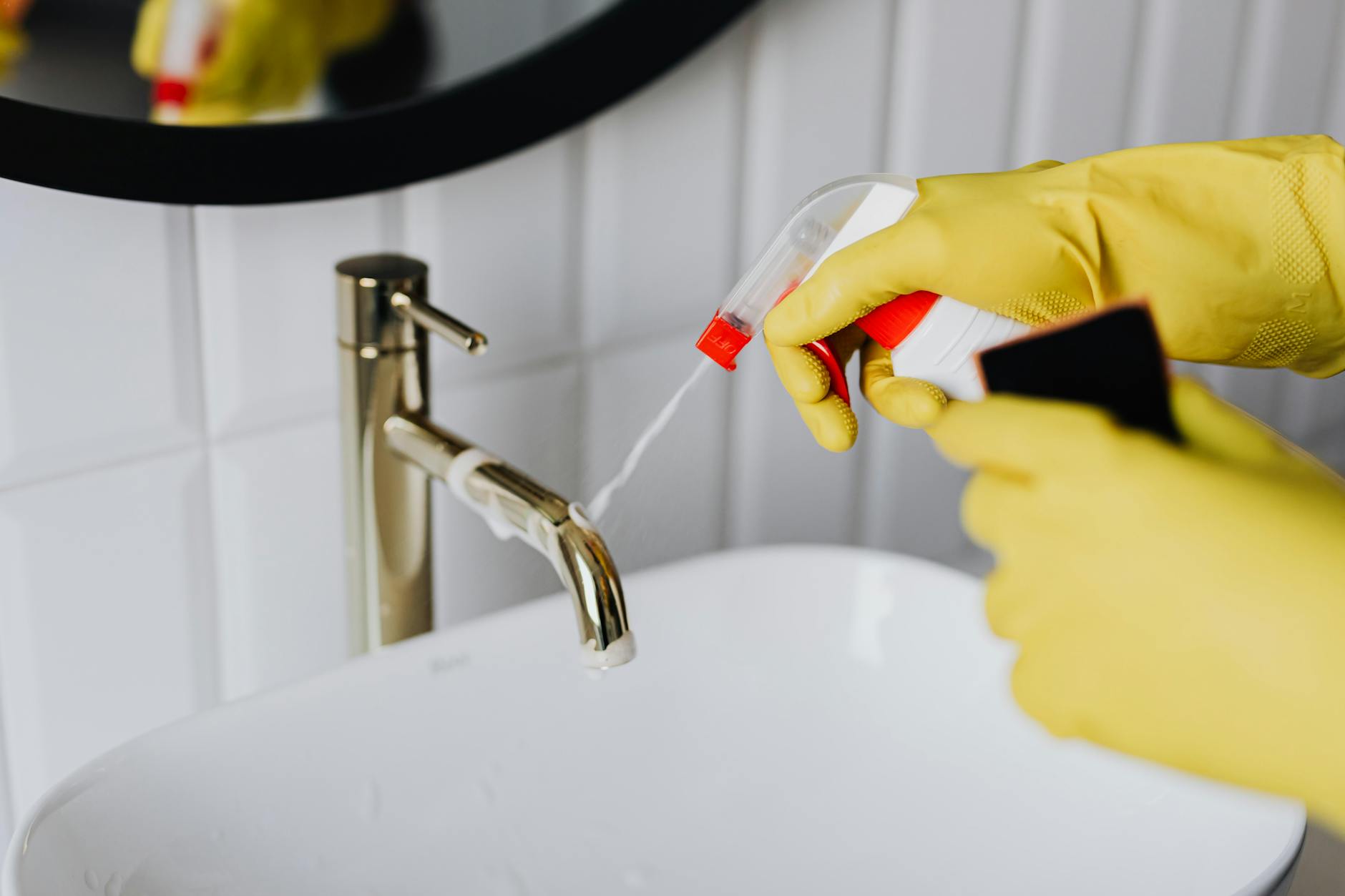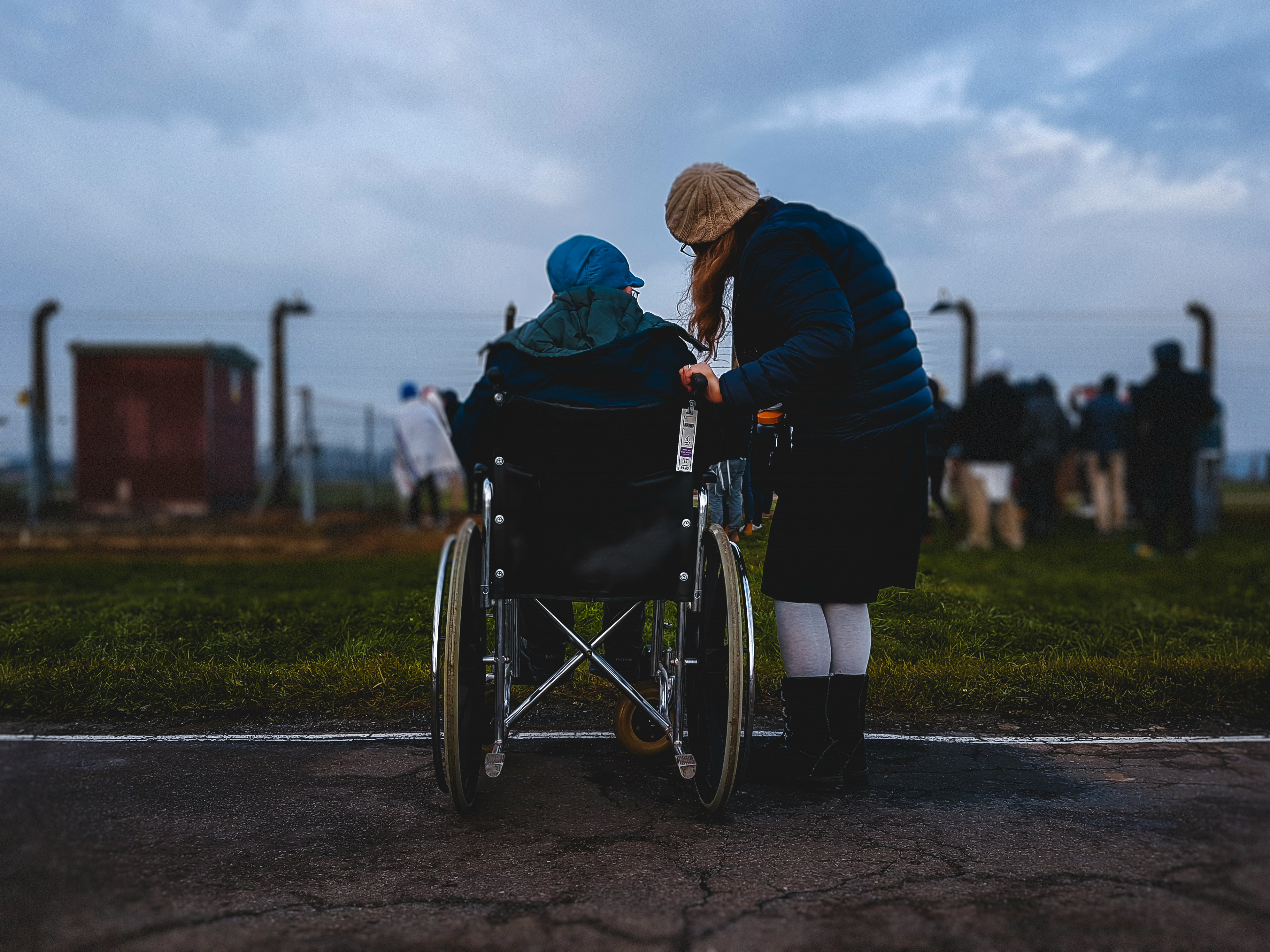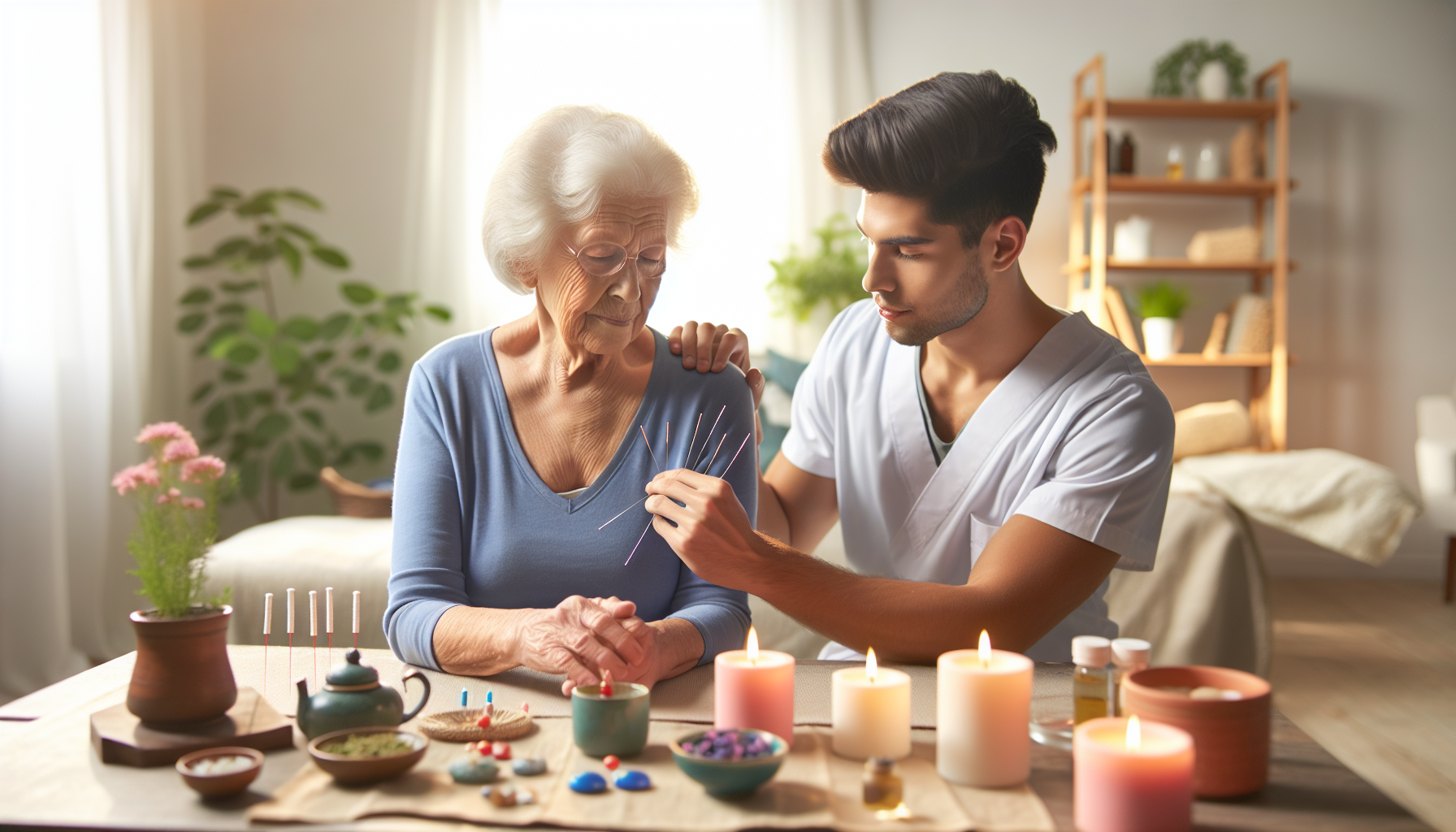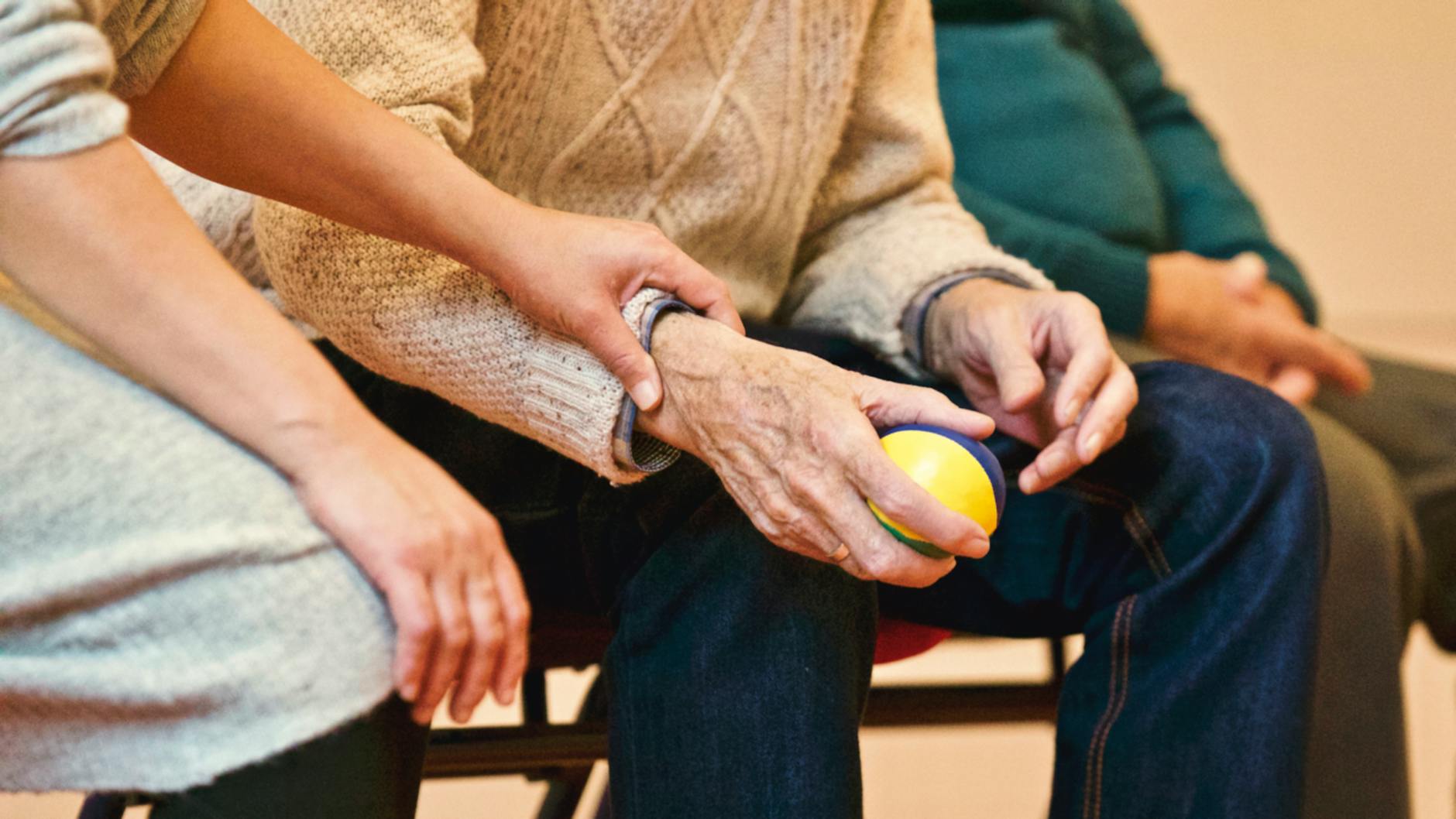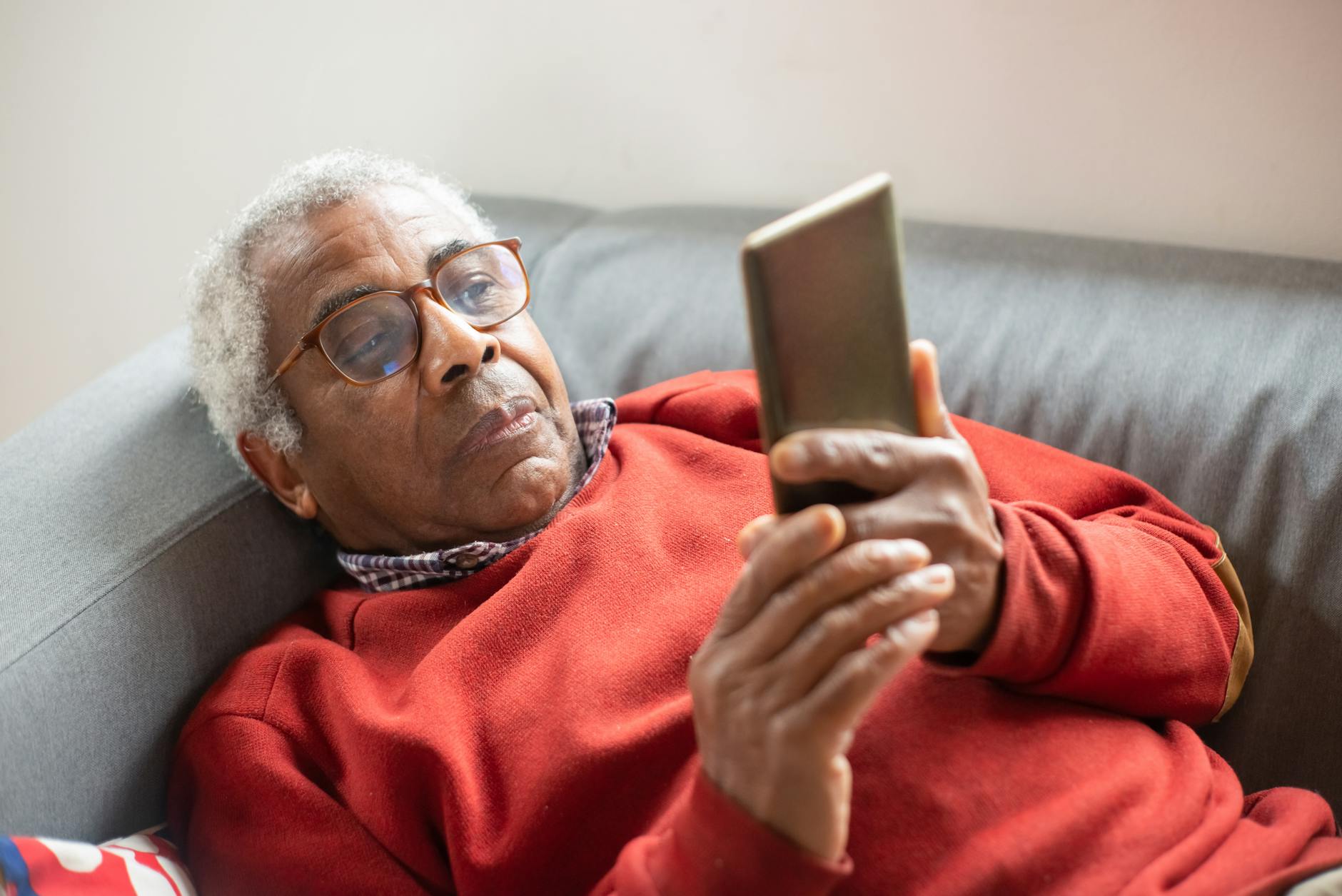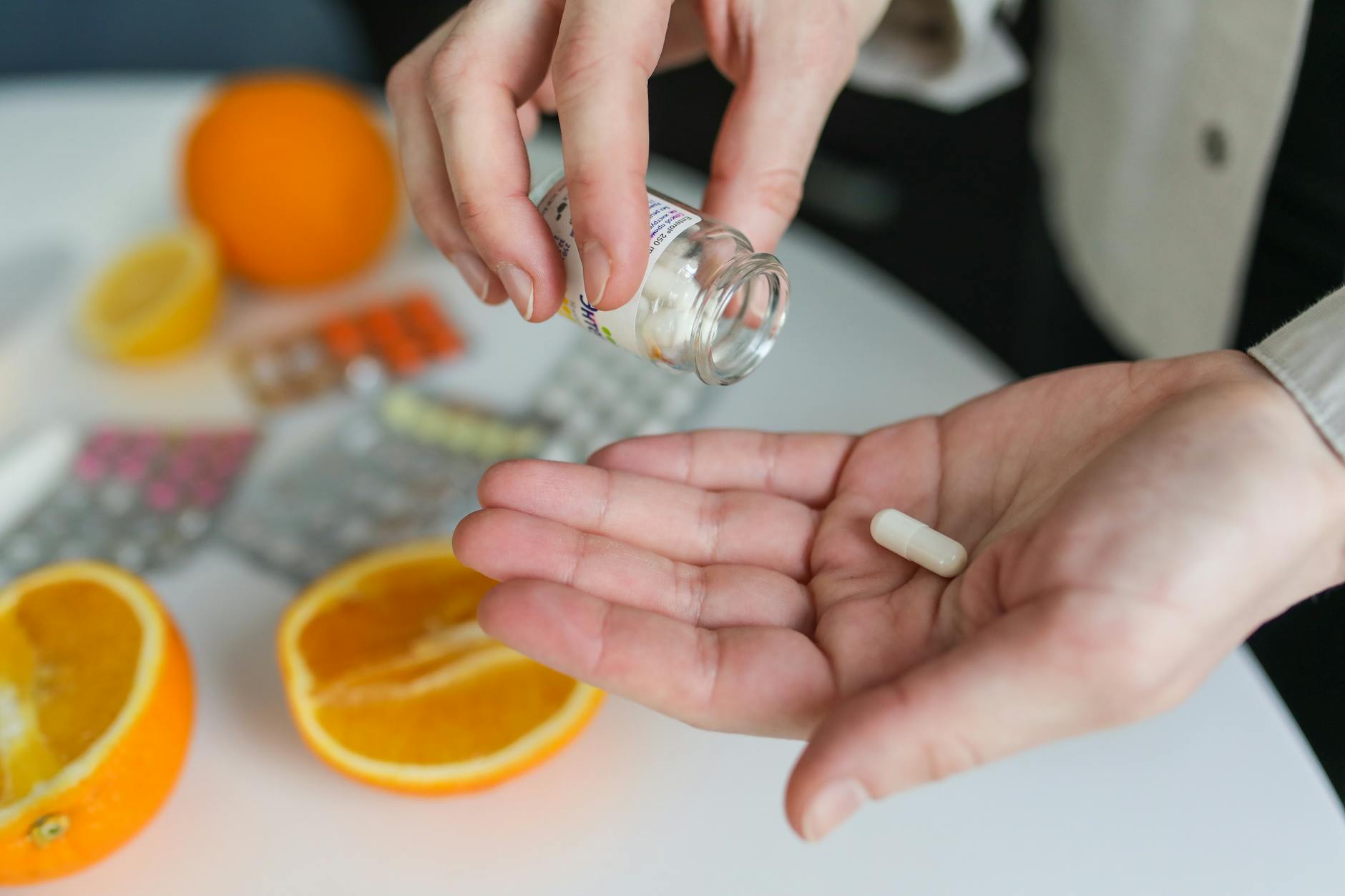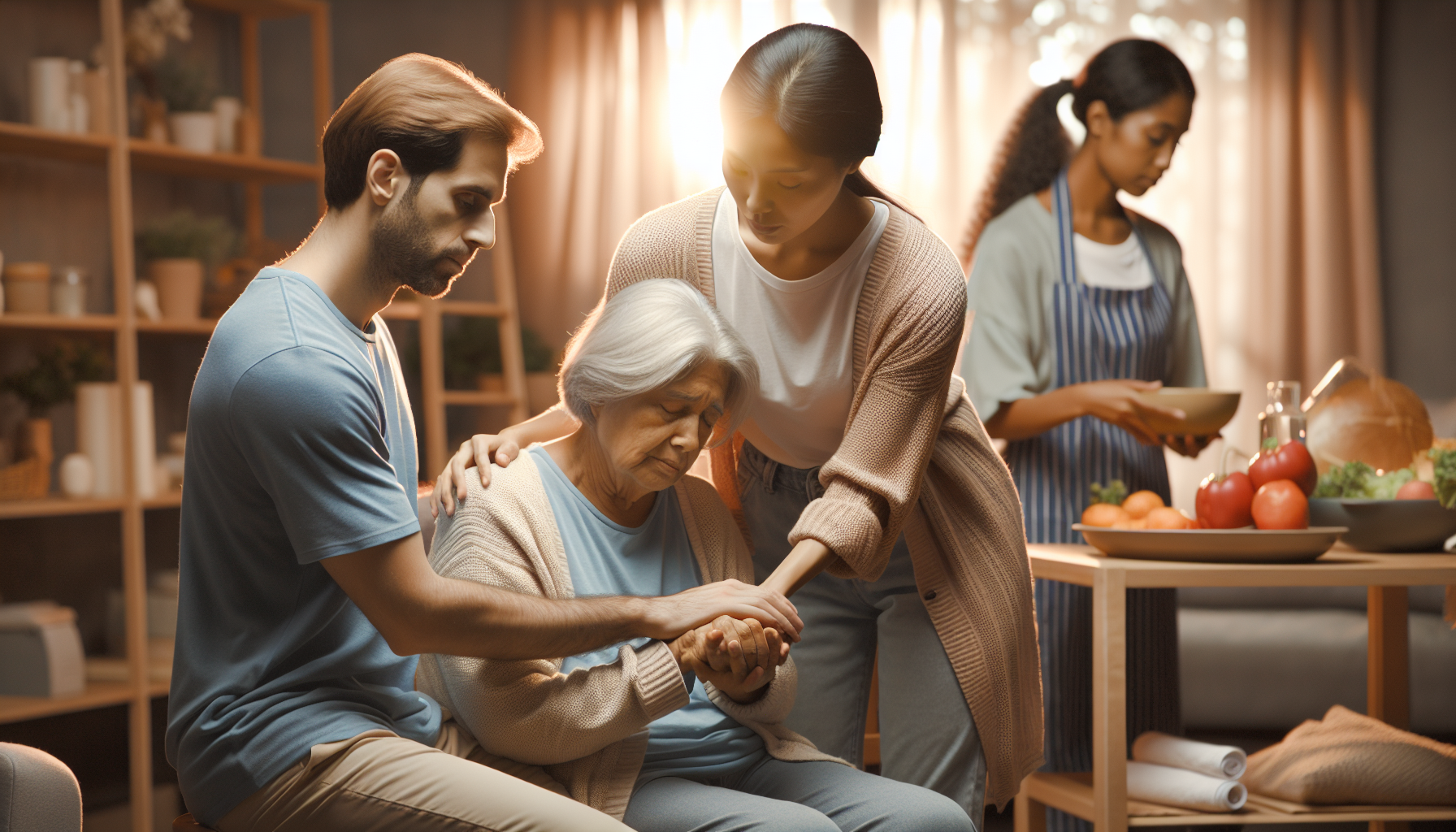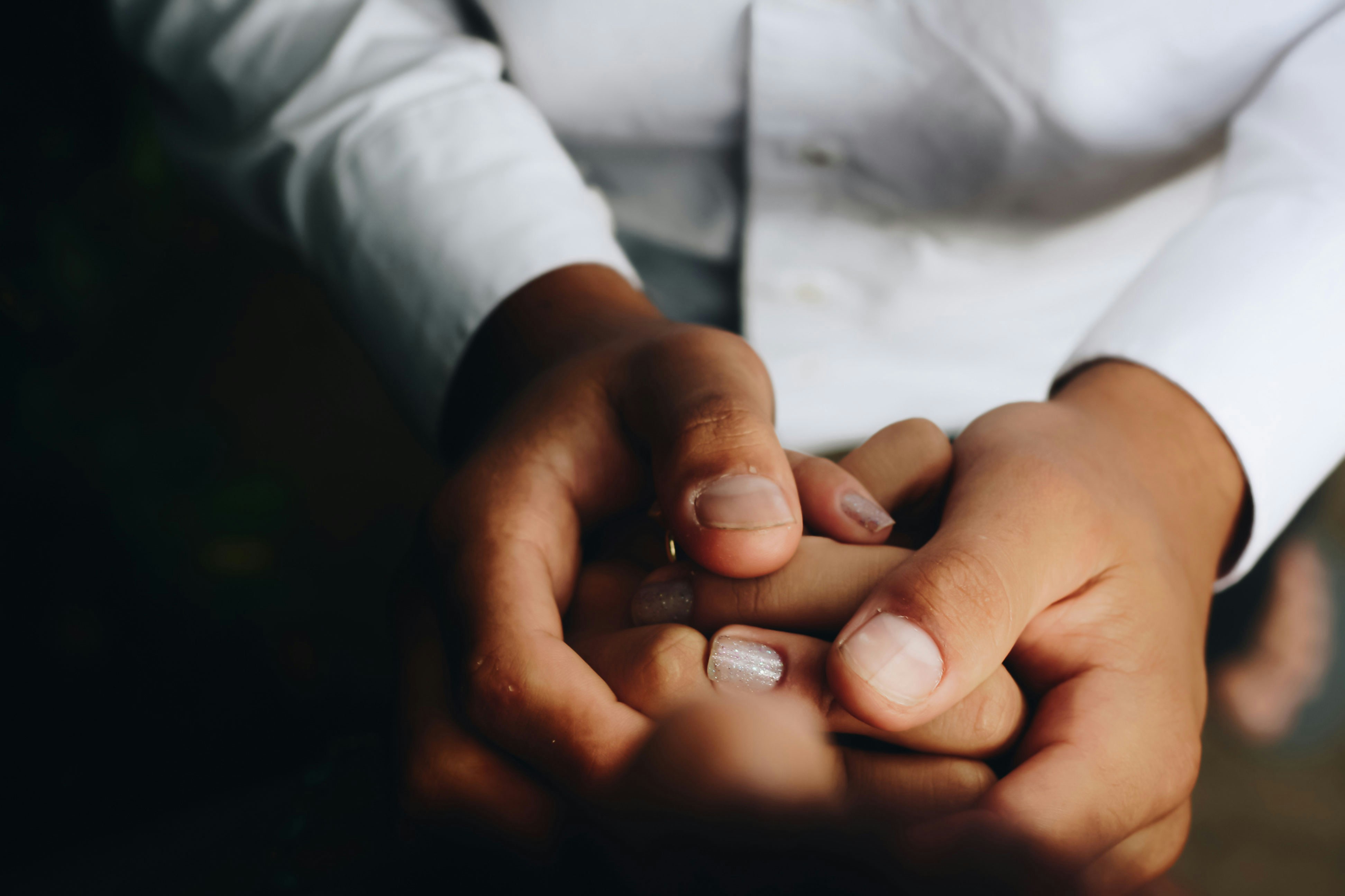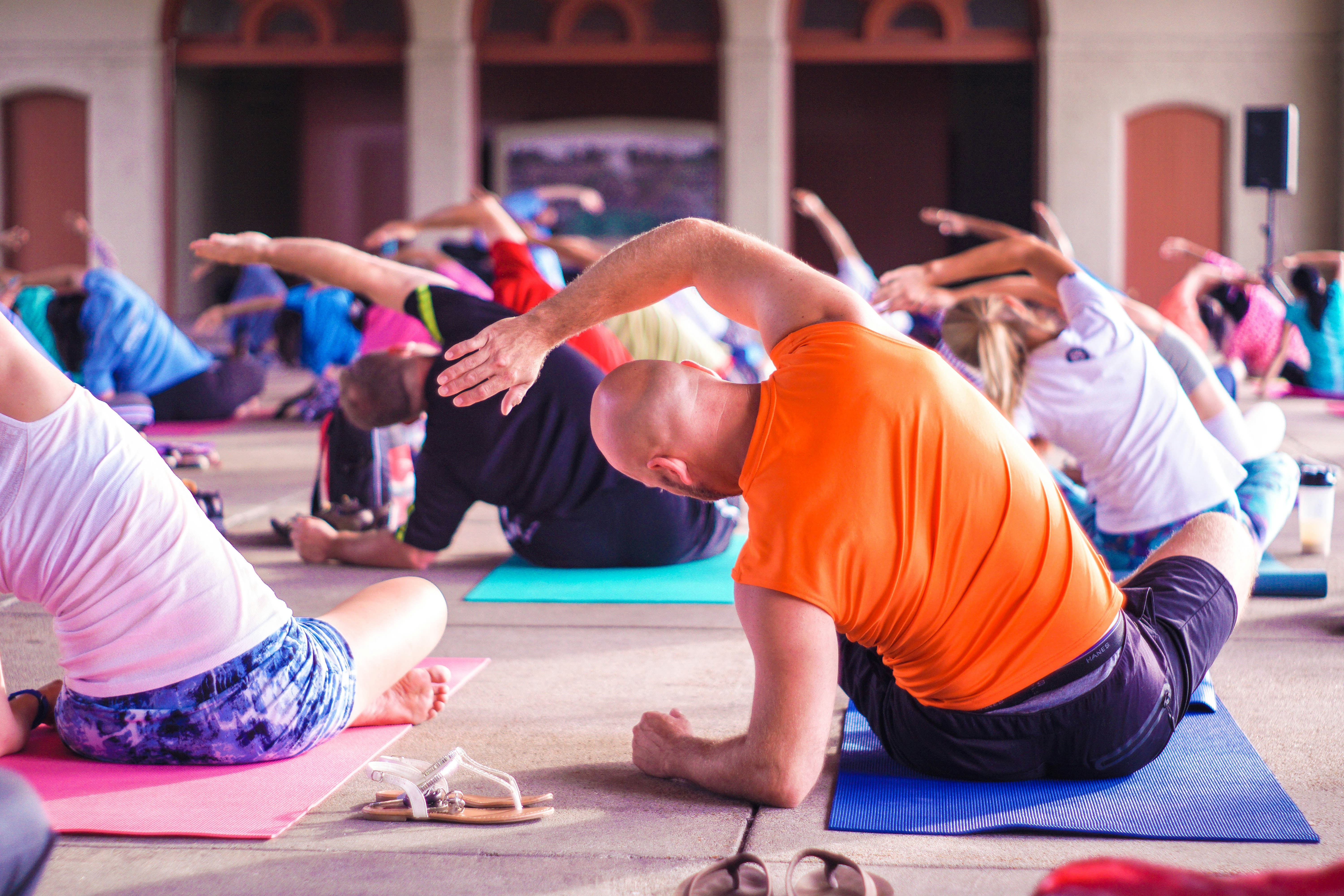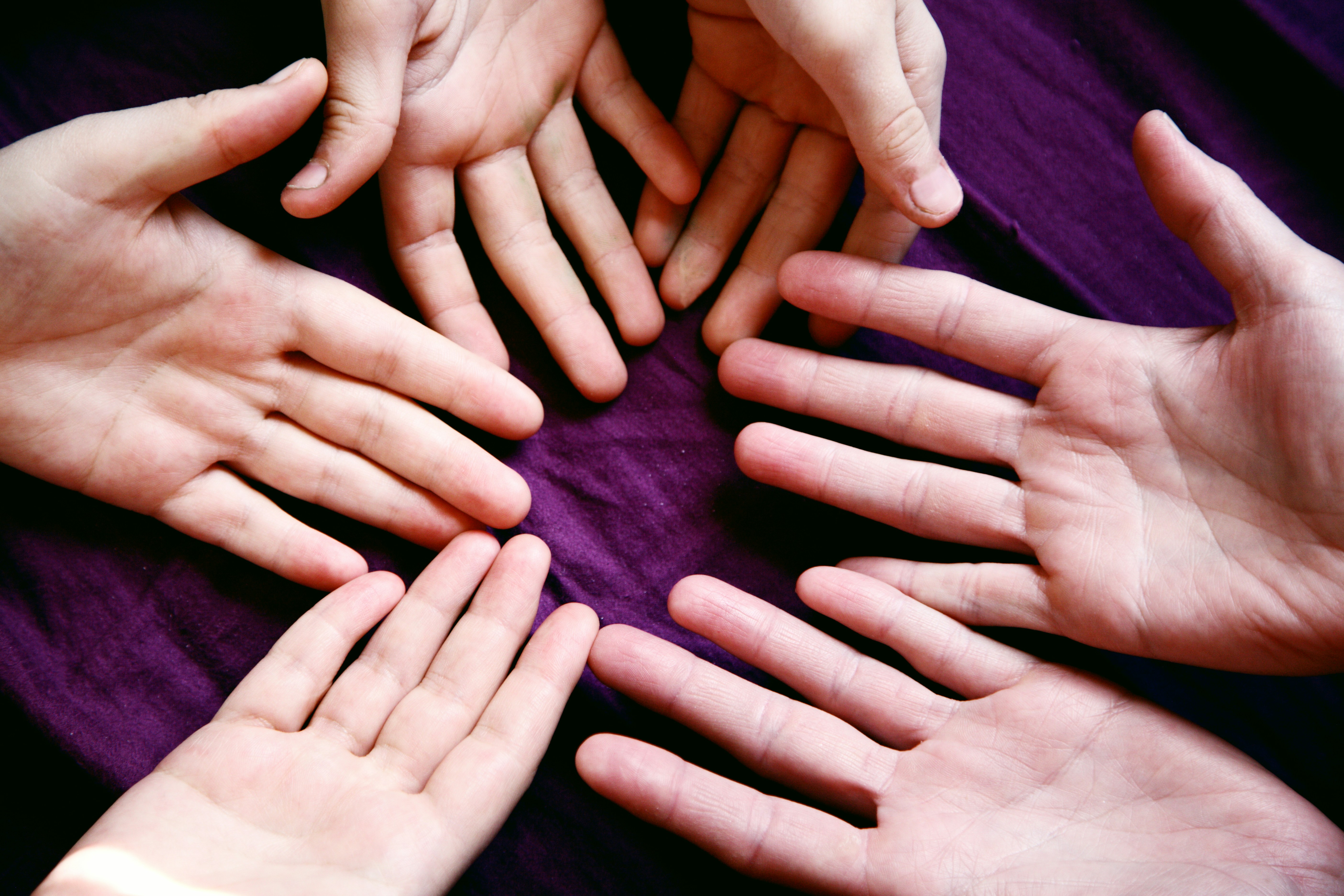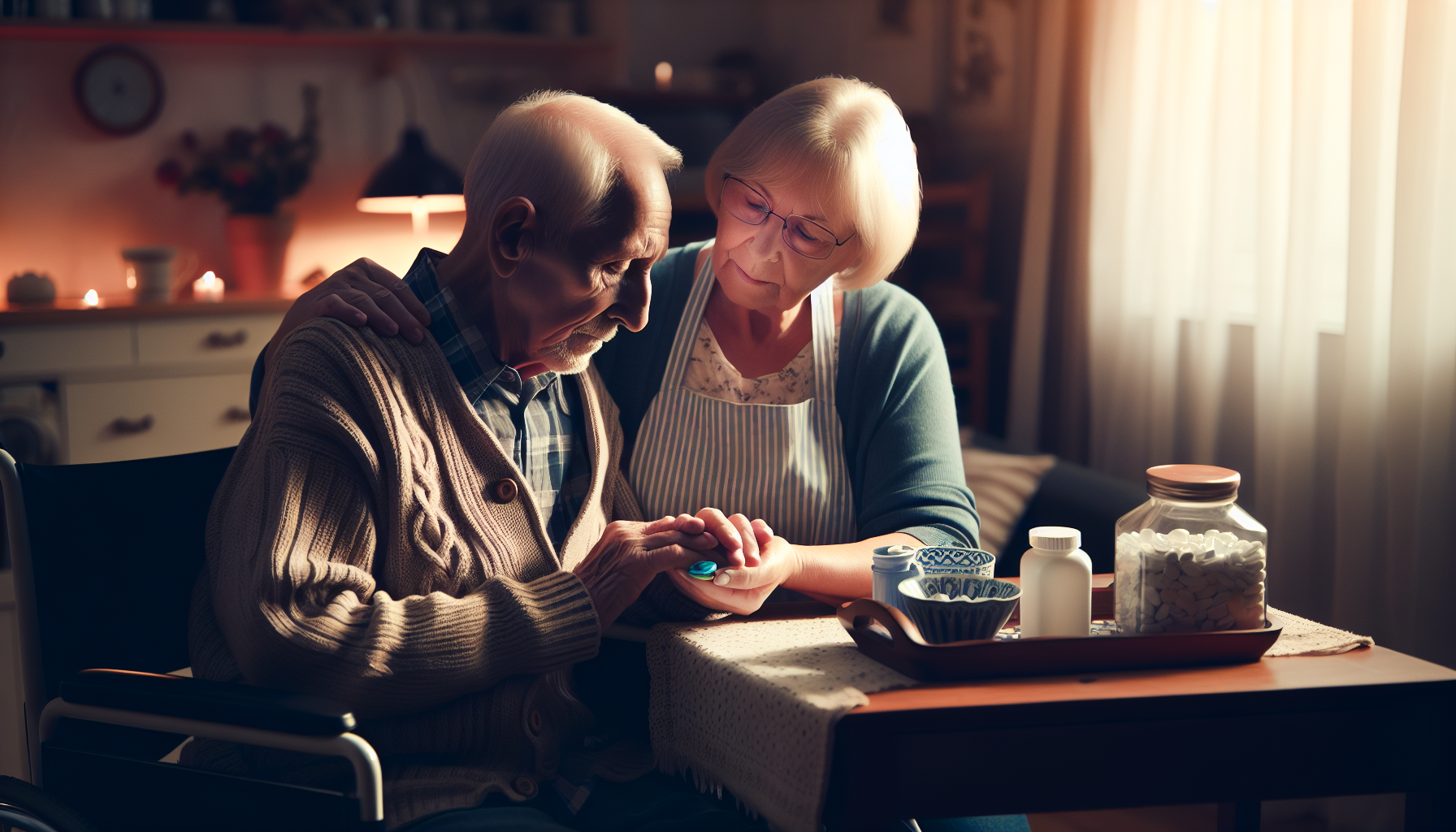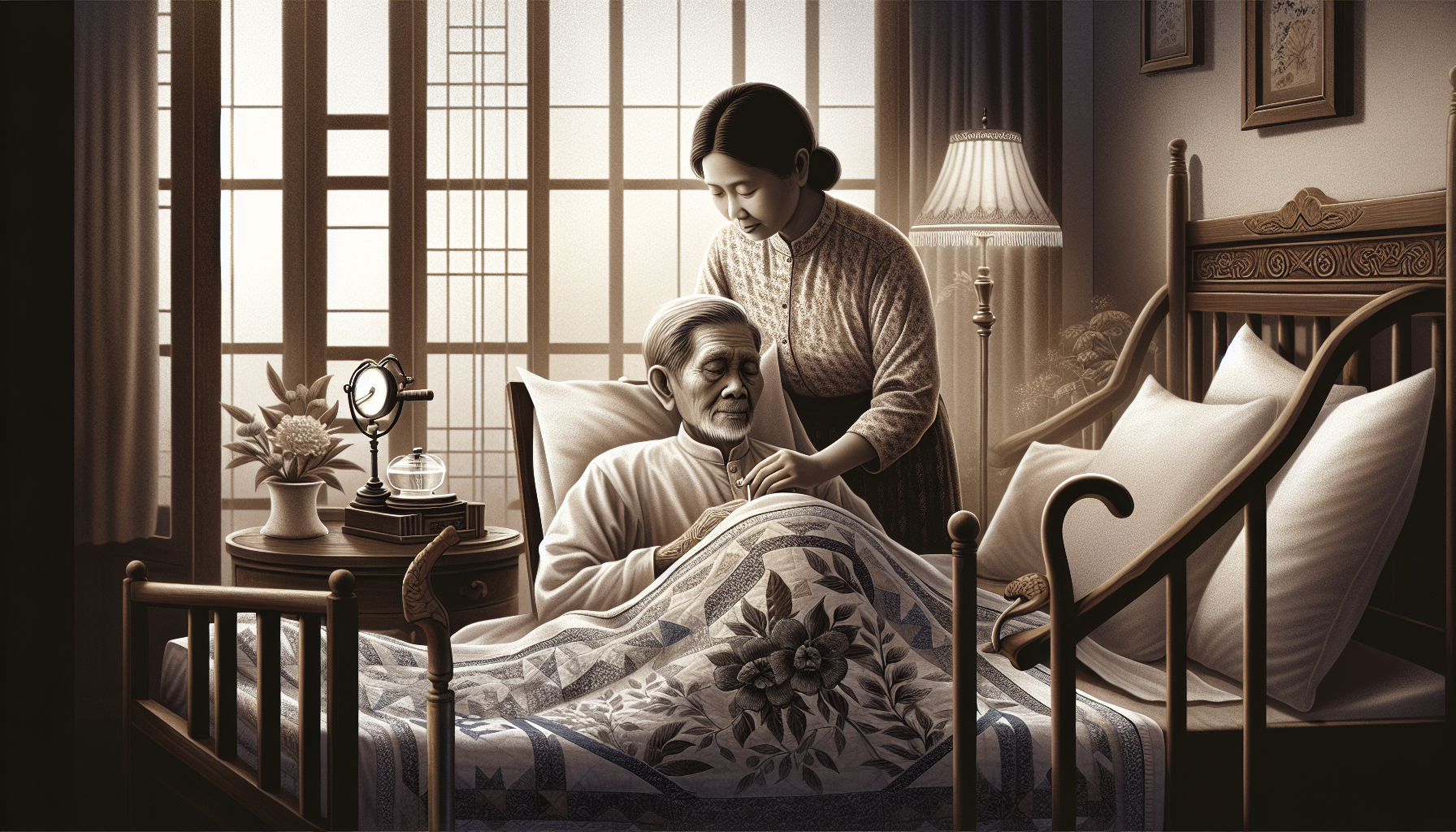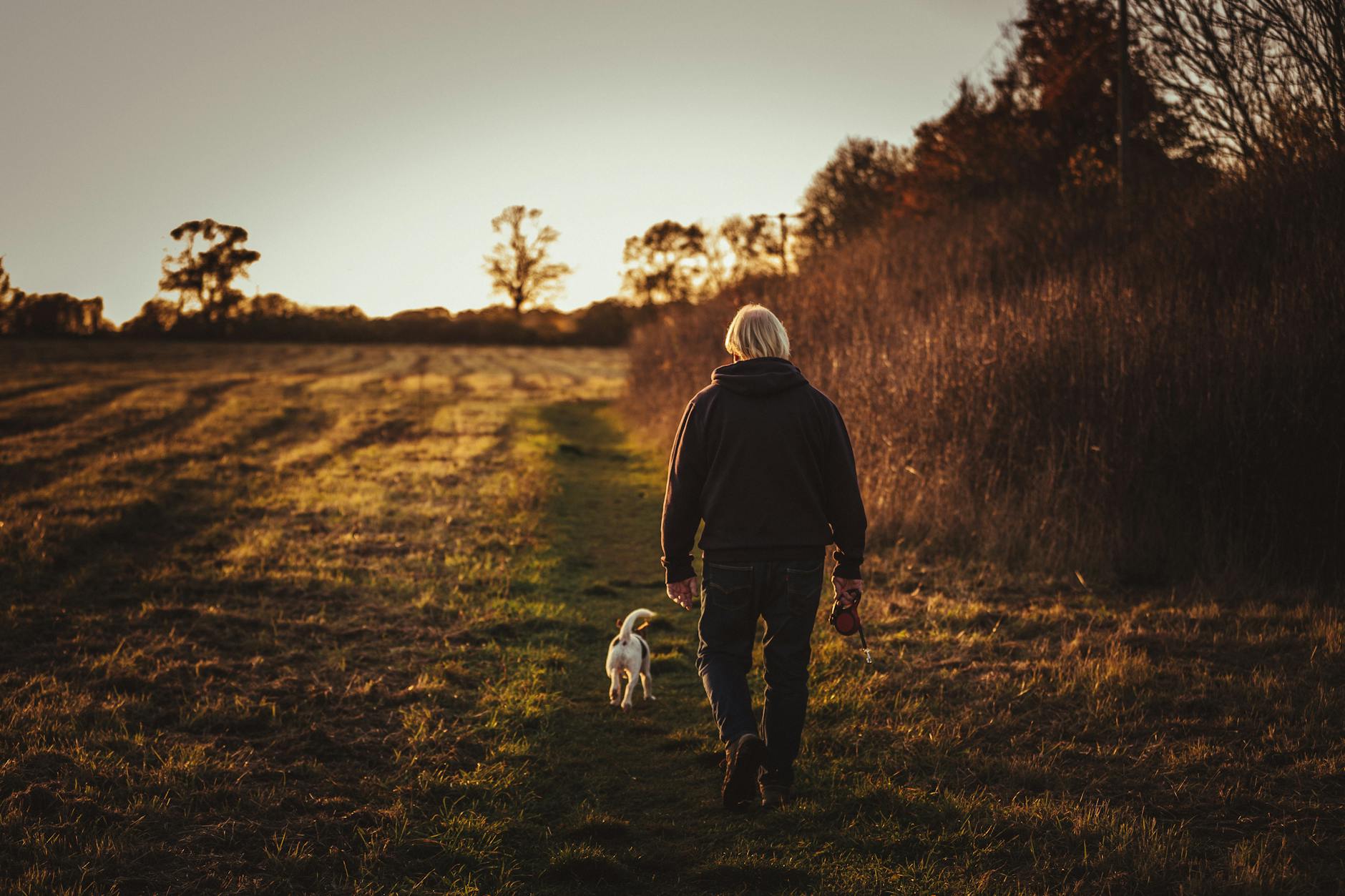Why Knees Hurt With Age?
Explore knee pain relief strategies, treatment options, and the role of physical activity in maintaining knee health.
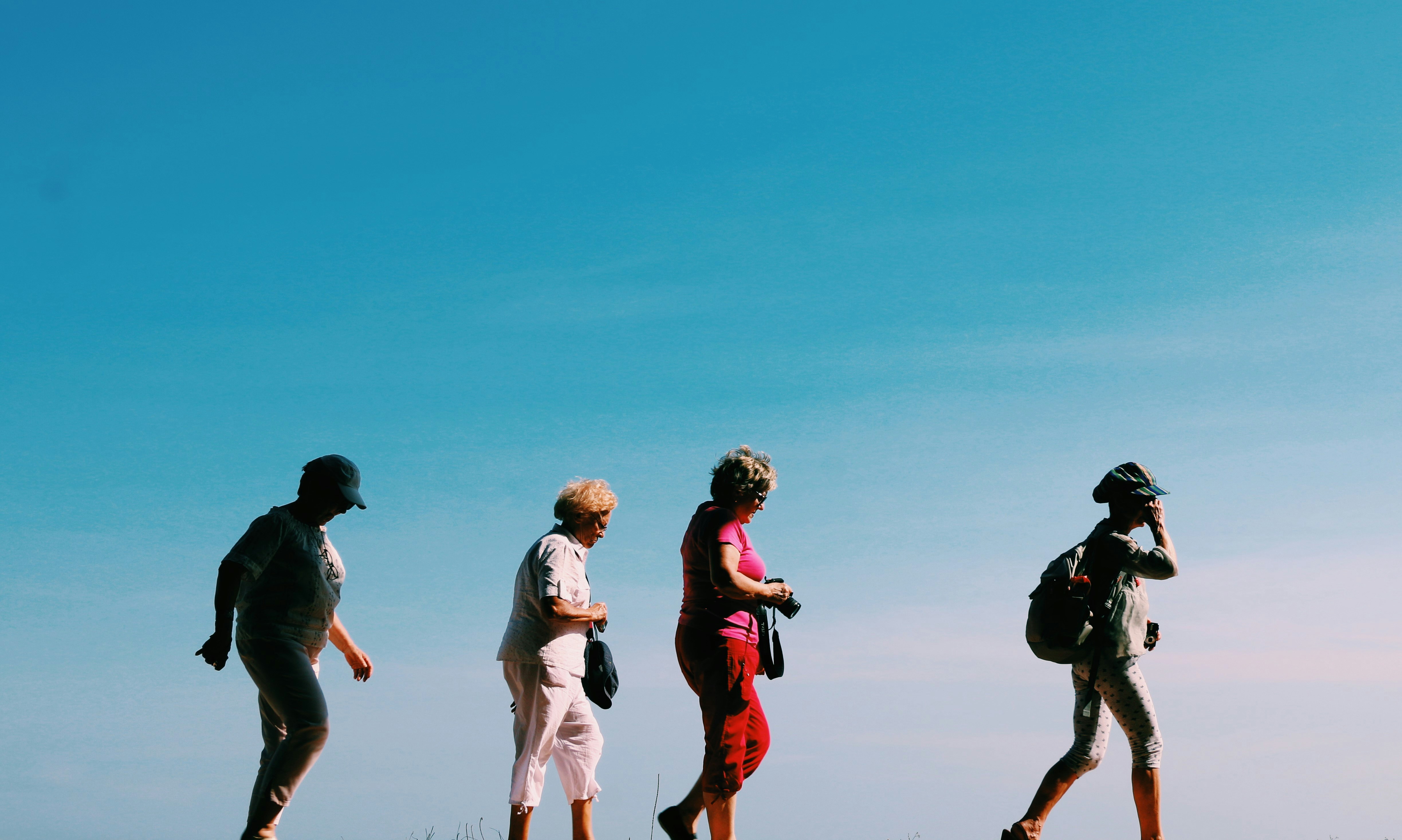
Understanding Knee Pain in Aging
As individuals age, it is not uncommon to experience knee pain and discomfort. The impact of aging on knee health and the common causes of knee pain are important factors to consider in understanding this phenomenon.
Impact of Aging on Knee Health
The aging process can have a significant impact on knee health. Over time, the cartilage in the knee joint may gradually wear away, leading to pain and discomfort [1]. This can result in reduced cushioning and increased friction between the bones, leading to stiffness and inflammation.
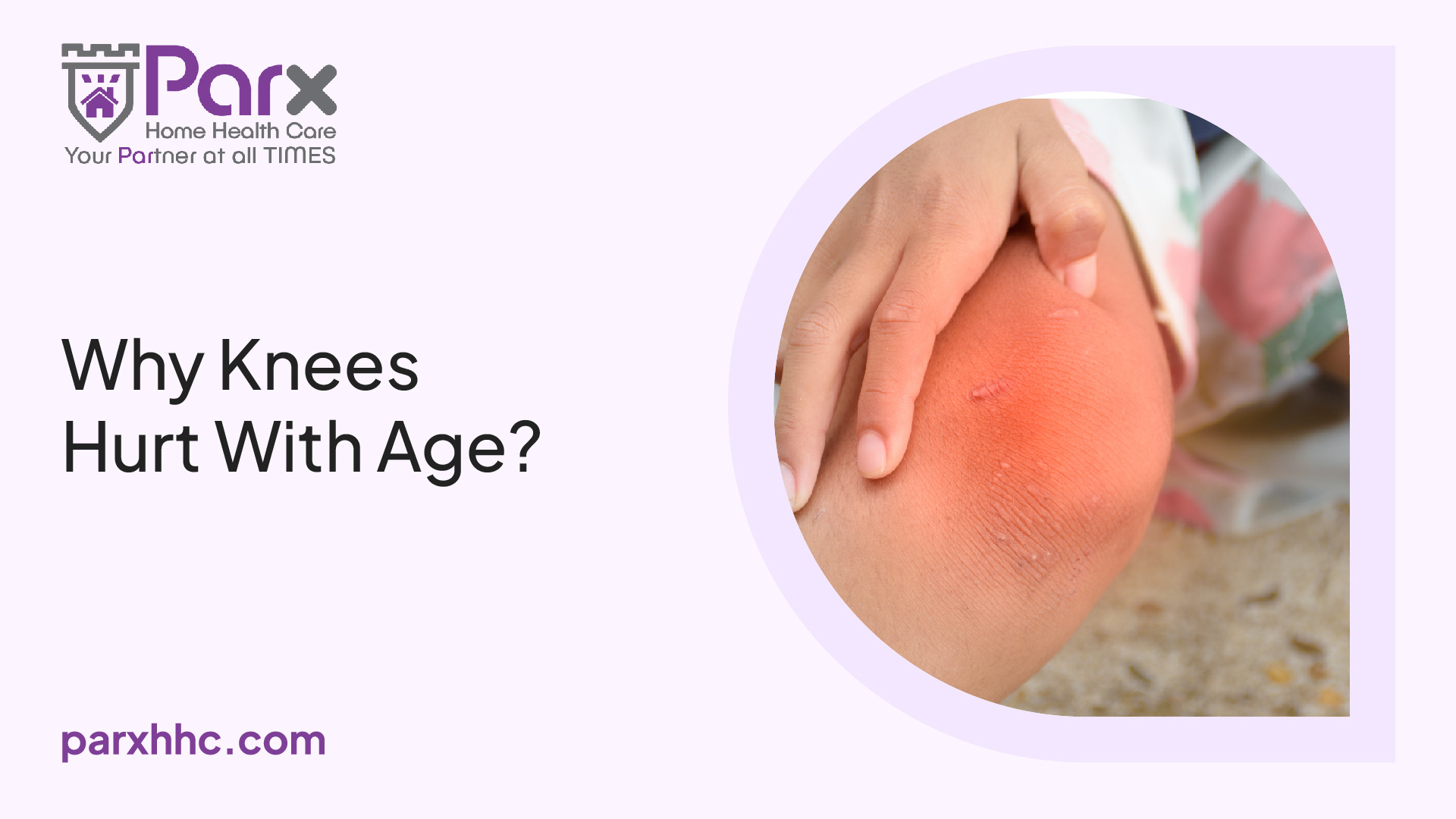
Additionally, the ligaments and tendons that support the knee joint may become less flexible and more prone to injury with age. The muscles that surround the knee may also weaken, further compromising stability and increasing the risk of knee pain.
Common Causes of Knee Pain
Knee pain in aging individuals can be attributed to various factors. General wear and tear from daily activities such as walking, bending, standing, and lifting can contribute to knee pain. Athletes who engage in activities like running or sports involving jumping or quick pivoting are also more susceptible to knee pain and problems.
One common type of knee pain in aging individuals is knee osteoarthritis. This degenerative condition occurs when the cartilage in the knee joint gradually wears away, leading to pain, stiffness, and swelling. Excess stress on the joint, repetitive injuries, and being overweight are factors that can contribute to the development of knee osteoarthritis [2].
Rheumatoid arthritis is another condition that can affect the knees and cause joint inflammation and destruction of knee cartilage. Although it can affect individuals of any age, it is more commonly seen in older adults.
Understanding the impact of aging on knee health and the common causes of knee pain is essential in finding effective strategies for managing and alleviating knee pain. By implementing appropriate measures, individuals can improve knee health and maintain an active and comfortable lifestyle.
Strategies for Knee Health
To maintain healthy knees and alleviate knee pain associated with aging, implementing certain strategies can be beneficial. These strategies include weight management, regular exercise, and practicing good posture and body mechanics.
Weight Management for Knee Relief
Maintaining a healthy weight is crucial for knee health, as excess weight can put additional stress on the knees, leading to pain and an increased risk of knee osteoarthritis. By managing weight through a balanced diet and regular physical activity, individuals can reduce the burden on their knees and potentially alleviate knee pain.
Importance of Regular Exercise
Regular exercise plays a vital role in supporting knee health. Engaging in activities that strengthen the muscles around the knees helps provide support to the knee joint and reduces the risk of knee pain and injury as one ages [1]. Exercises such as leg raises, squats, and lunges help strengthen the quadriceps and hamstrings, which are crucial for knee stability. It's important to consult with a healthcare professional or a physical therapist to determine appropriate exercises based on individual needs and limitations.
Posture and Body Mechanics
Maintaining proper posture and practicing good body mechanics are important for maintaining healthy knees. Poor posture can lead to misalignment and increased stress on the knee joints, contributing to pain and discomfort [1]. It is essential to be mindful of posture during various activities, such as sitting, standing, or lifting heavy objects. Good posture involves keeping the shoulders back, chest lifted, and the spine aligned.
Additionally, practicing proper body mechanics while performing daily tasks can help reduce strain on the knees. For example, when lifting heavy objects, it is important to bend the knees and use the leg muscles to lift rather than relying solely on the back. Avoiding excessive twisting or pivoting motions can also help protect the knee joints from unnecessary strain.
By implementing these strategies, individuals can proactively care for their knees and potentially reduce the risk of knee pain and injury as they age. It is essential to consult with a healthcare professional for personalized advice and guidance based on individual circumstances and specific knee concerns.
Low-Impact Activities for Knee Relief
When it comes to managing knee pain, engaging in low-impact activities can be beneficial, especially for older individuals. These activities are gentle on the knees, promote flexibility, and help strengthen the surrounding muscles. Let's explore three popular low-impact exercises that can provide relief for knee pain: swimming, biking, and walking.
Swimming for Joint Health
Swimming is an excellent low-impact exercise that can improve joint health and reduce knee pain. The buoyancy of the water supports the body, reducing the impact on the knees. This makes swimming an ideal choice for individuals with knee issues. The water's resistance also helps to strengthen the muscles around the knees [1].
Benefits of Biking
Biking is another low-impact activity that can benefit knee health. It promotes flexibility and strength while being gentle on the knees. Cycling allows for smooth, fluid movements that do not put excessive strain on the knee joints. It also helps to strengthen the leg muscles, providing support and stability for the knees.
Walking for Knee Strength
Walking is a low-impact exercise that can help strengthen the muscles around the knees, support the knee joint, and reduce the risk of knee pain and injury as you age. It is a weight-bearing exercise that doesn't put excessive stress on the joints. Walking regularly can improve joint flexibility, increase blood circulation, and provide overall health benefits [1].
It's important to note that before starting any exercise regimen, it's advisable to consult with a healthcare professional, especially if you have pre-existing knee conditions or concerns. They can provide personalized advice and recommend appropriate exercises based on your specific needs.
By incorporating low-impact activities like swimming, biking, and walking into your routine, you can improve joint health, reduce knee pain, and promote flexibility and strength in your knees. Remember to start gradually, listen to your body, and choose activities that are comfortable and enjoyable for you.
Knee Osteoarthritis Overview
Knee osteoarthritis (OA) is a prevalent condition that affects many older adults, making it the most common cause of knee pain and lower limb disability in this population. As individuals age, several factors contribute to the development and progression of knee OA. Understanding the prevalence of knee OA in the elderly and the associated risk factors can help caregivers and senior patients take appropriate measures to manage the condition effectively.
Prevalence of Knee OA in Elderly
The prevalence of knee OA increases with age, particularly among the elderly population. Studies have shown that the prevalence of radiographic knee OA increases with each decade of life, ranging from 33% among individuals aged 60-70 to 43.7% among those over 80 years of age [3]. Furthermore, it is estimated that approximately 13% of women and 10% of men aged 60 years and older have symptomatic knee OA.
It is important to note that the prevalence of knee OA can vary among different populations and diagnostic methods. However, the overall trend indicates that knee OA is a significant health concern in the elderly population.
Risk Factors for Knee Osteoarthritis
While aging is the greatest risk factor for knee OA, it is important to emphasize that it is not an inevitable consequence of growing old. Several other risk factors contribute to the development and progression of knee OA. These include:
- Obesity: Increased body weight places additional stress on the knee joints, accelerating the wear and tear on the cartilage. Obesity is a significant risk factor for knee OA, particularly in women, and is associated with a higher prevalence and severity of the condition.
- Joint Injury: Previous joint injuries, such as fractures or ligament tears, can increase the likelihood of developing knee OA later in life. Repetitive movements that involve squatting and kneeling can also contribute to joint trauma and increase the risk of knee OA.
- Genetics: Genetic factors play a role in the development of knee OA. Certain genetic variations can make individuals more susceptible to the condition, especially if they have a family history of knee OA.
- Anatomical Factors: Structural abnormalities or malalignments of the knee joint, such as bow-leggedness or excessive inward knee rotation, can increase the risk of knee OA [3].
By understanding the prevalence of knee OA in the elderly and the associated risk factors, caregivers and senior patients can take proactive steps to manage knee pain and maintain knee health. Implementing strategies such as weight management, regular exercise, and proper posture and body mechanics can help mitigate the impact of knee OA and improve overall quality of life.
Treatment Options for Knee Pain
When it comes to managing knee pain, there are several treatment options available. The choice of treatment depends on the severity and underlying cause of the pain. In this section, we will explore two broad categories of treatment: initial treatment methods and surgical options for severe cases.
Initial Treatment Methods
Initial treatment methods for knee pain focus on relieving symptoms and improving the overall condition of the knee. These methods may include:
- Rest: Taking a break from activities that aggravate the knee pain can help reduce inflammation and allow the knee to heal.
- Ice: Applying ice packs to the affected area can help decrease pain and swelling. It is recommended to apply ice for about 15-20 minutes at a time, several times a day.
- Compression: Using compression bandages or knee braces can provide support to the knee joint and reduce swelling.
- Elevation: Elevating the leg can help reduce swelling by promoting fluid drainage from the affected area.
- Physical Therapy: Engaging in exercises and physical therapy under the guidance of a healthcare professional can help strengthen the muscles around the knee, improve flexibility, and reduce pain.
- Medications: Over-the-counter pain relievers, such as acetaminophen or nonsteroidal anti-inflammatory drugs (NSAIDs), may be recommended to manage pain and reduce inflammation.
- Injections: In some cases, corticosteroid injections or hyaluronic acid injections may be administered to provide temporary pain relief and improve joint function.
These initial treatment methods are often effective in alleviating knee pain and improving mobility. However, if these methods do not provide sufficient relief and X-rays show significant joint damage, more invasive treatment options may be considered.
Surgical Options for Severe Cases
In severe cases of knee pain, when conservative measures have not been successful, surgical intervention may be necessary. The decision to undergo surgery is typically made in consultation with an orthopedic specialist. The specific surgical options will depend on the underlying condition and the extent of joint damage.
One common surgical procedure for severe knee pain is total joint replacement, also known as knee replacement. This procedure involves surgically removing the damaged parts of the knee joint and replacing them with artificial components. Total joint replacement can provide significant pain relief and improve joint function.
Other surgical options may include arthroscopy (a minimally invasive procedure to diagnose and treat knee problems), osteotomy (reshaping of the bones to realign the joint), or partial knee replacement (replacing only the damaged portion of the knee joint).
It is important to note that surgery is typically considered as a last resort when conservative treatments have failed to provide relief. The decision to undergo surgery should be carefully discussed with a healthcare professional, taking into consideration factors such as overall health, lifestyle, and individual preferences.
By utilizing initial treatment methods and exploring surgical options when necessary, individuals experiencing knee pain can find relief and improve their quality of life. It is always advisable to consult with a healthcare professional to determine the most suitable treatment approach for each individual case.
Role of Physical Activity in Knee Health
Regular physical activity plays a vital role in maintaining knee health, especially as we age. Engaging in exercise and staying physically active can provide numerous benefits, including relief from knee pain. Let's explore the benefits of exercise for knee pain relief and the impact of physical activity levels on knee health.
Benefits of Exercise for Knee Pain Relief
Exercise, including activities that strengthen the muscles around the knees, can help support the knee joint and reduce the risk of knee pain and injury as we age. Regular physical activity has been shown to decrease pain and improve function in adults with knee osteoarthritis (OA) [5].
Here are some benefits of exercise for knee pain relief:
- Improved joint flexibility: Exercise helps to maintain and improve the flexibility of the muscles and ligaments around the knee joint, promoting better range of motion and reducing stiffness.
- Enhanced muscle strength: Strengthening the muscles around the knee, such as the quadriceps and hamstrings, can provide added support to the joint and alleviate stress on the knees during movement.
- Weight management: Regular physical activity can contribute to maintaining a healthy weight or achieving weight loss, which reduces the load on the knees and decreases the risk of knee pain and inflammation.
- Better overall physical function: Engaging in exercise can improve physical function, mobility, and balance, which are essential for maintaining an active lifestyle and reducing the risk of falls or other injuries.
It's important to note that exercise interventions should be tailored to individual needs and capabilities. It is recommended to consult with a healthcare professional or a qualified exercise specialist to develop an exercise program suitable for your specific condition.
Impact of Physical Activity Levels
While exercise has been shown to provide numerous benefits for knee health, the impact of physical activity levels on knee pain can vary. Some studies have found that meeting physical activity guidelines, which include at least 150 minutes of moderate-intensity exercise per week, can be associated with lower pain scores in individuals with knee osteoarthritis.
However, it's important to highlight that a large prospective cohort study did not observe a significant association between physical activity level and knee pain in the general population. This suggests that the relationship between physical activity and knee pain may be complex and influenced by various factors.
Nonetheless, promoting physical activity, especially in individuals at a higher risk for knee pain or disability, is crucial for maintaining functional independence and delaying the onset of disability [6]. Exercise interventions that include resistance training and aerobic exercises have been shown to improve physical function, increase mobility, and reduce knee pain in older adults with knee osteoarthritis [6].
To make exercise a part of your knee pain management plan, it's recommended to start slowly and gradually increase the intensity and duration of your activities. Including a combination of exercises that focus on strength, flexibility, and cardiovascular fitness can provide comprehensive benefits for knee health.
By incorporating regular physical activity into your routine, you can help alleviate knee pain, improve joint function, and maintain overall knee health. Remember to consult with a healthcare professional before starting any exercise program, particularly if you have pre-existing knee conditions or concerns.
References
[2]: https://www.hopkinsmedicine.org/health/conditions-and-diseases/knee-pain-and-problems




